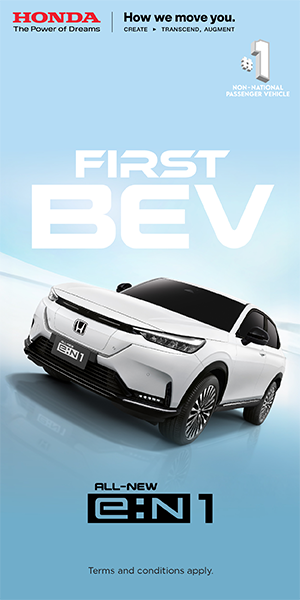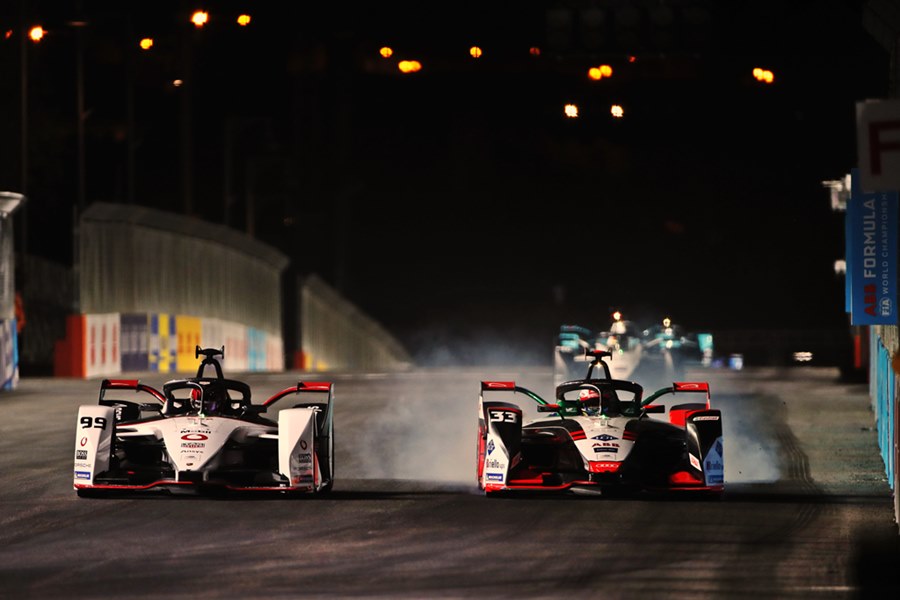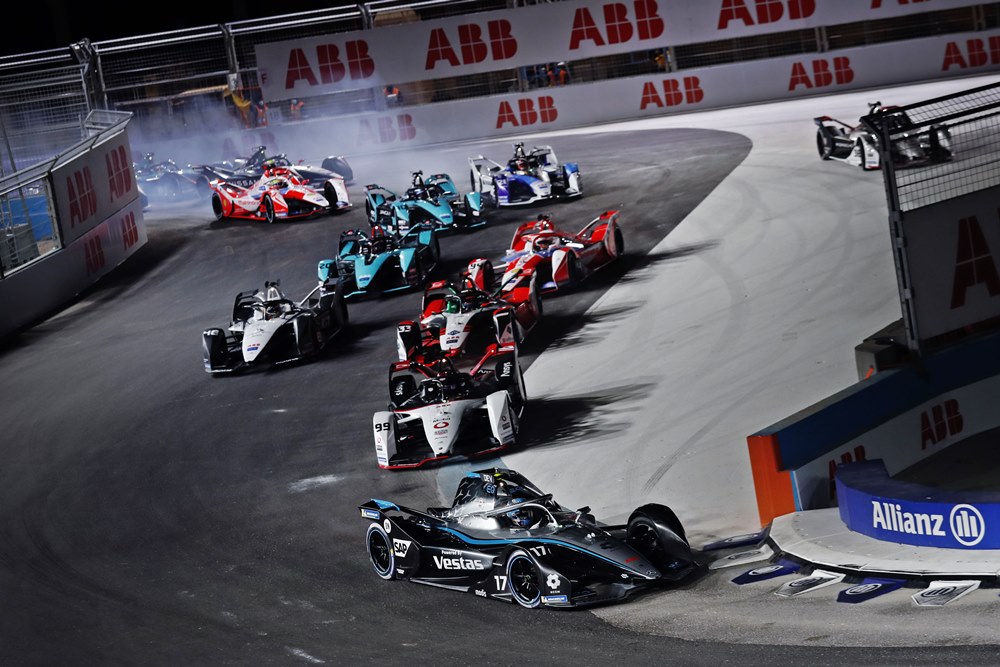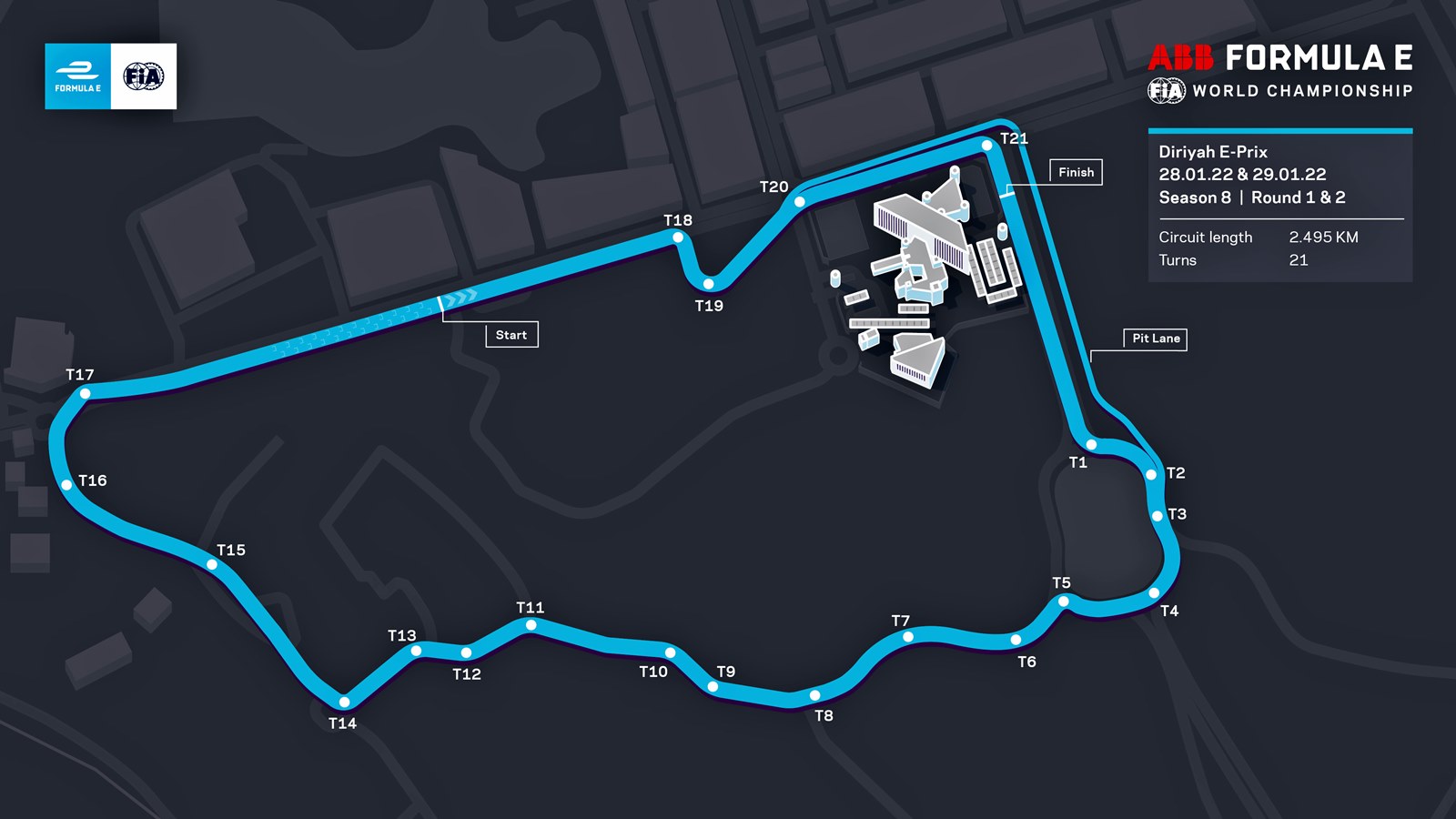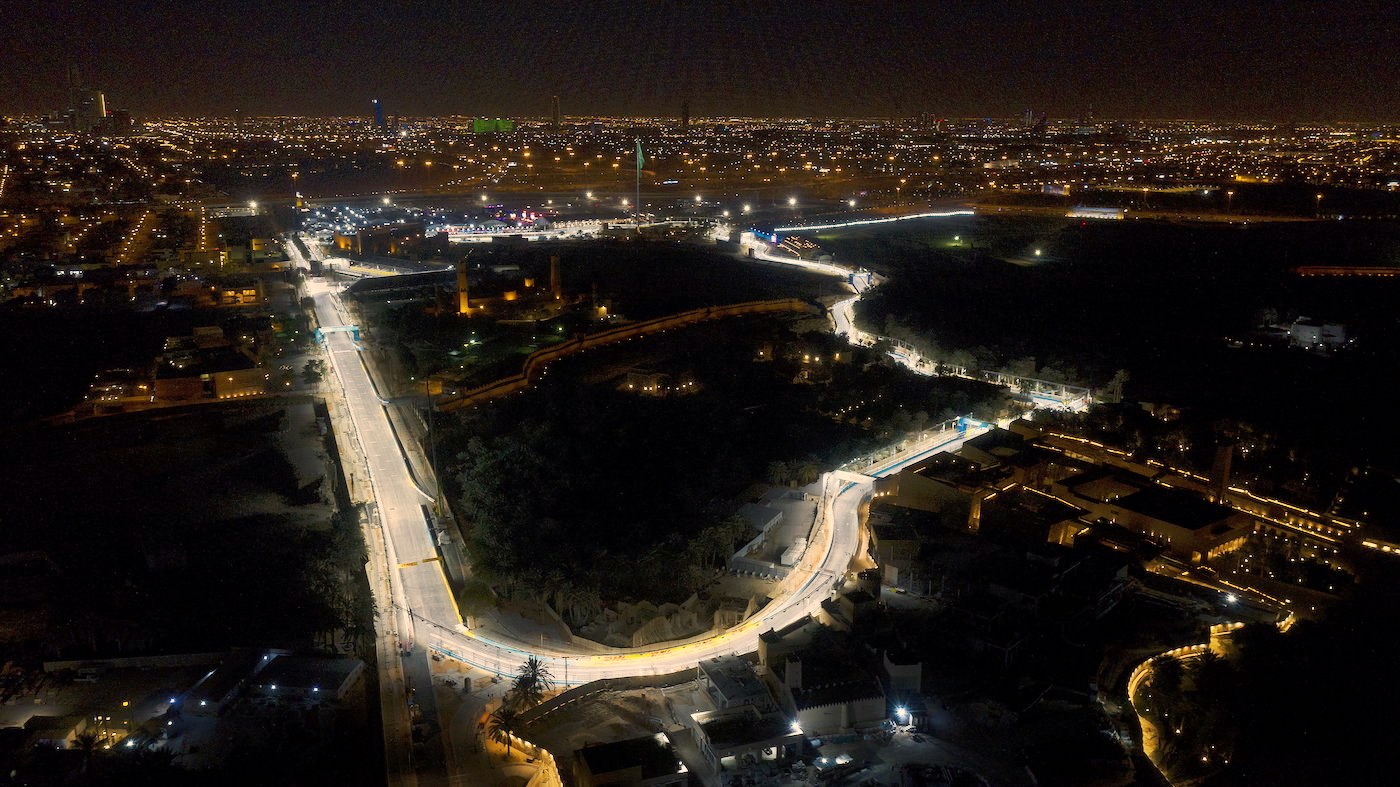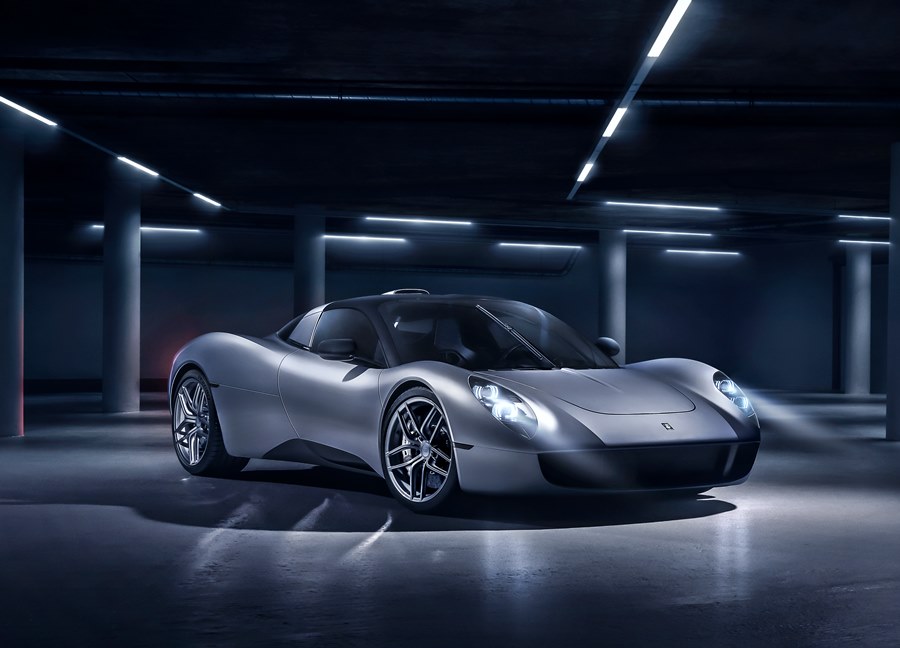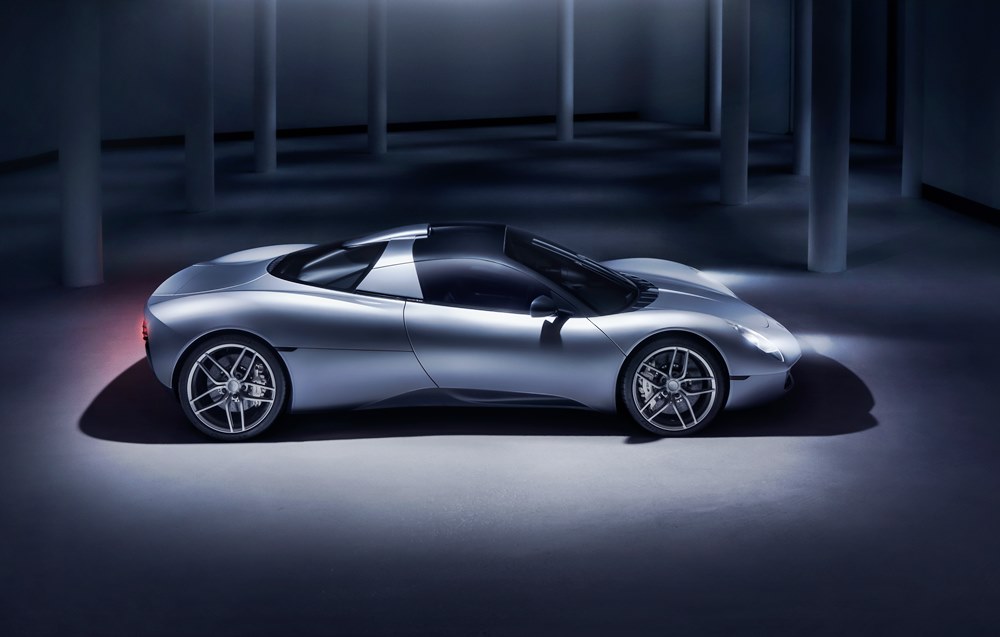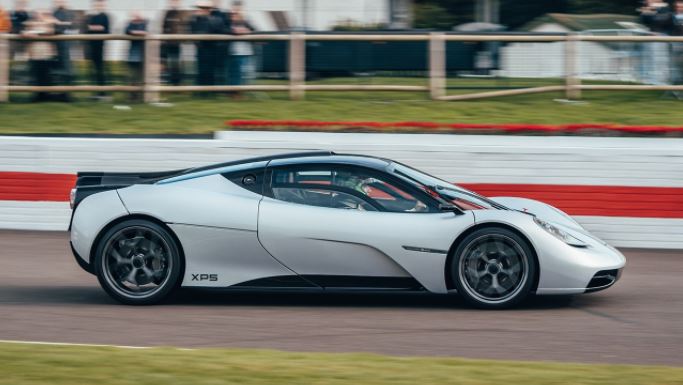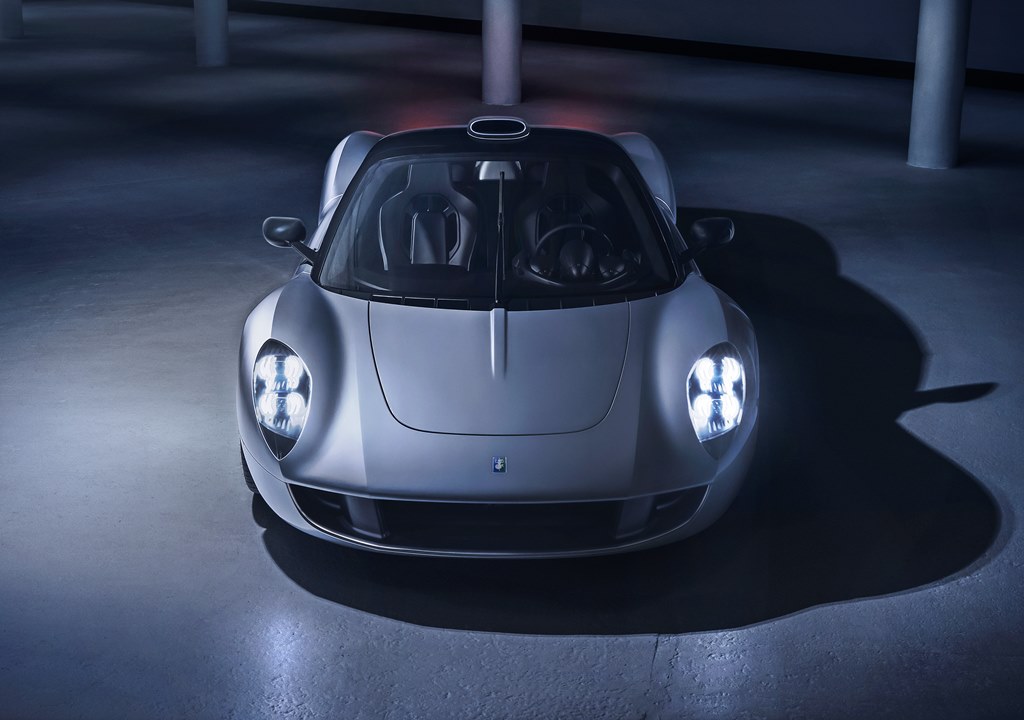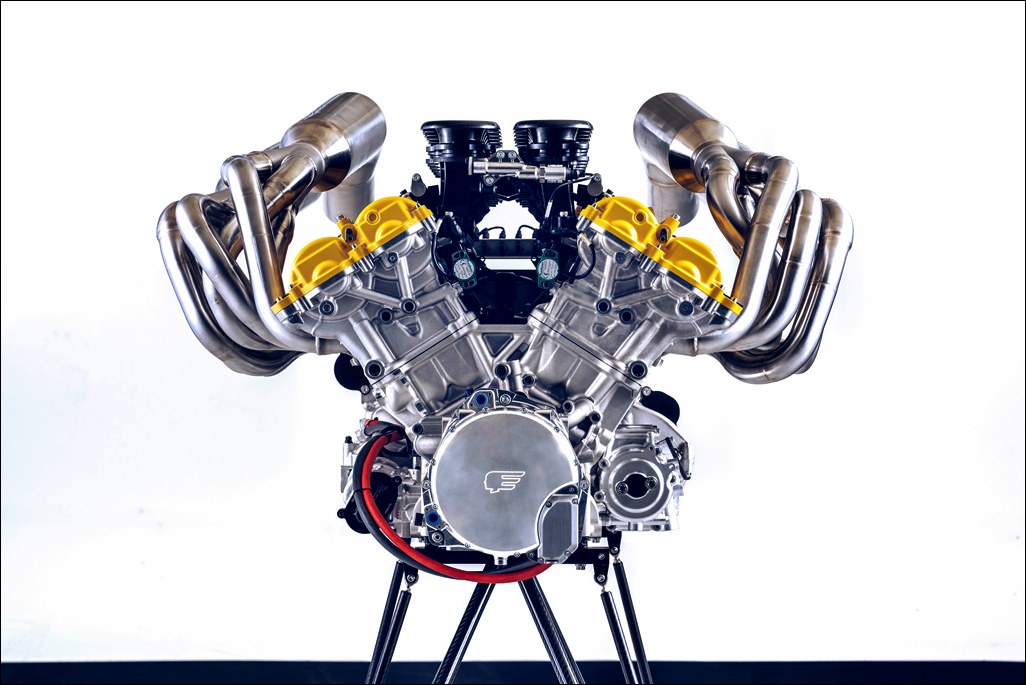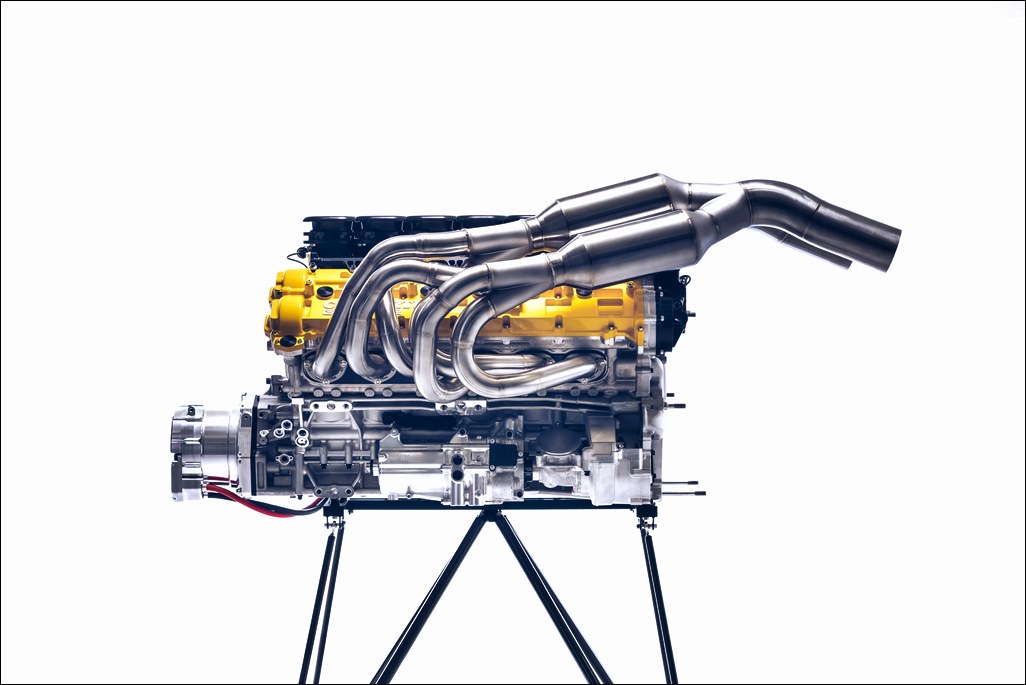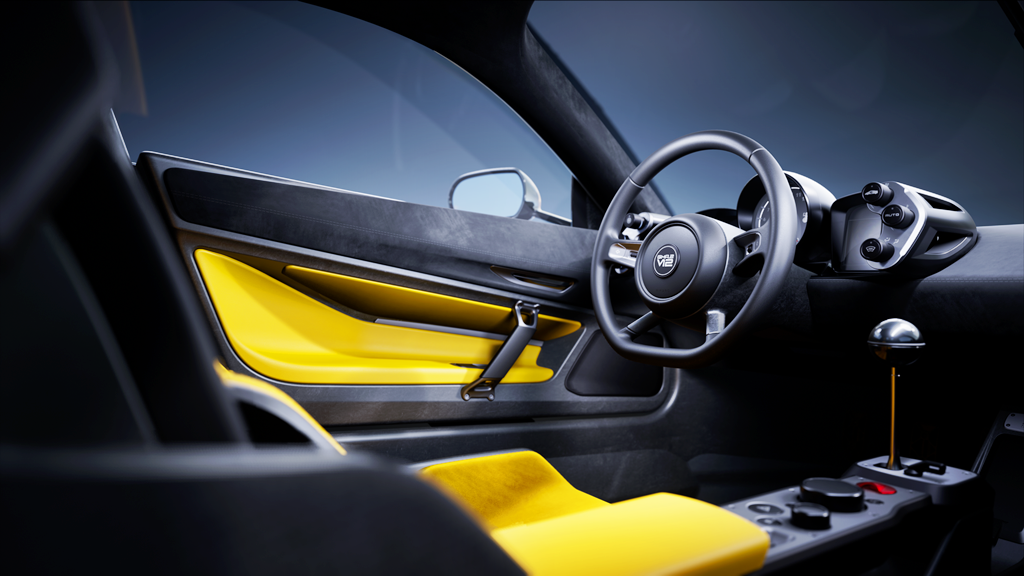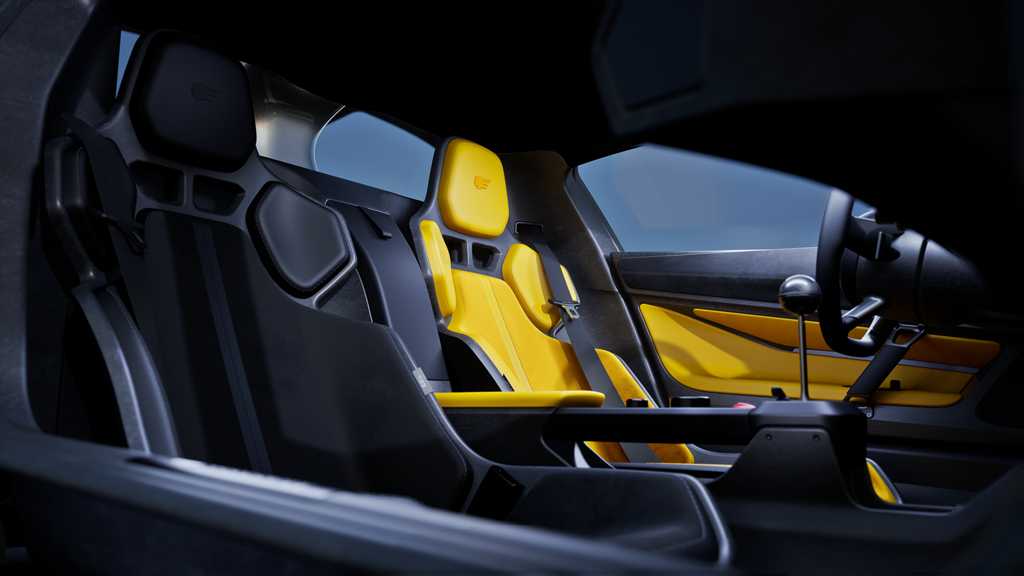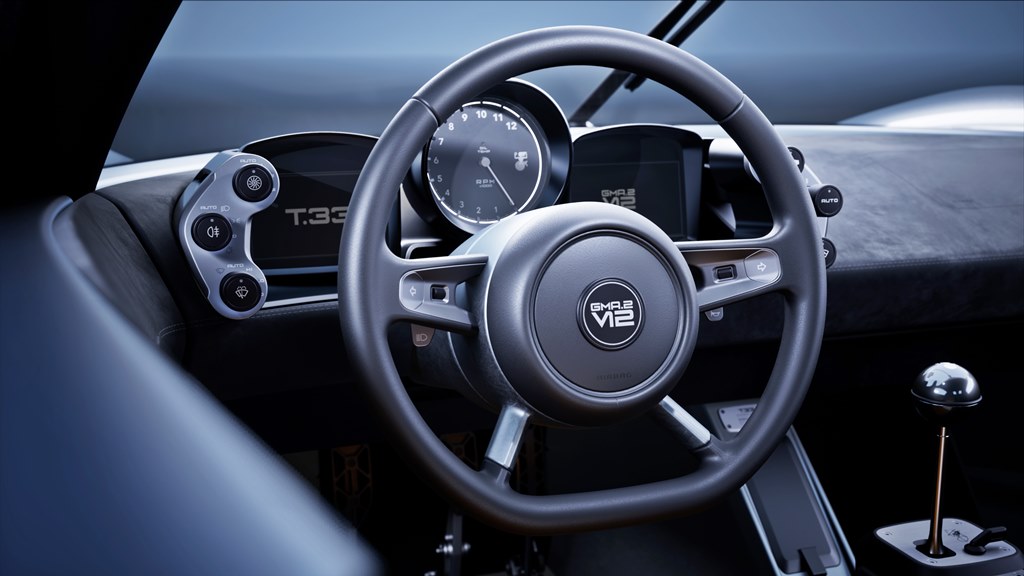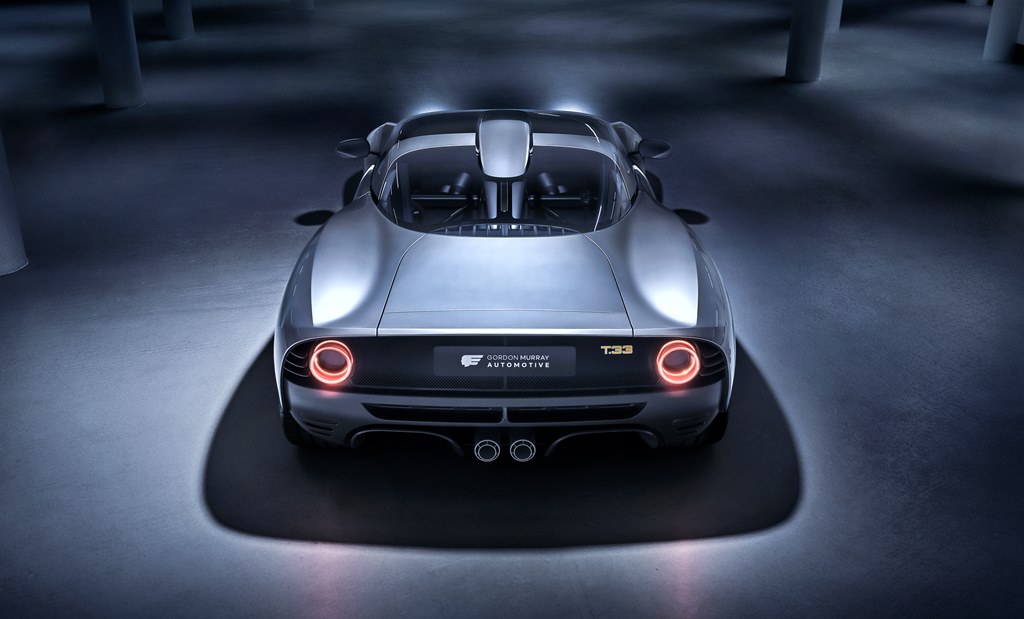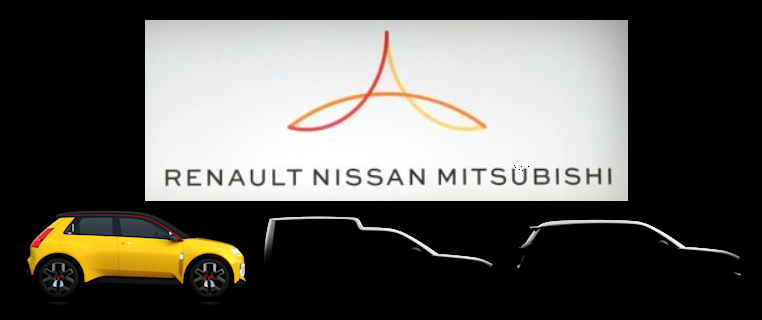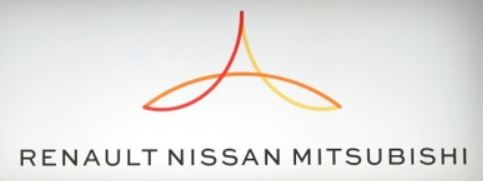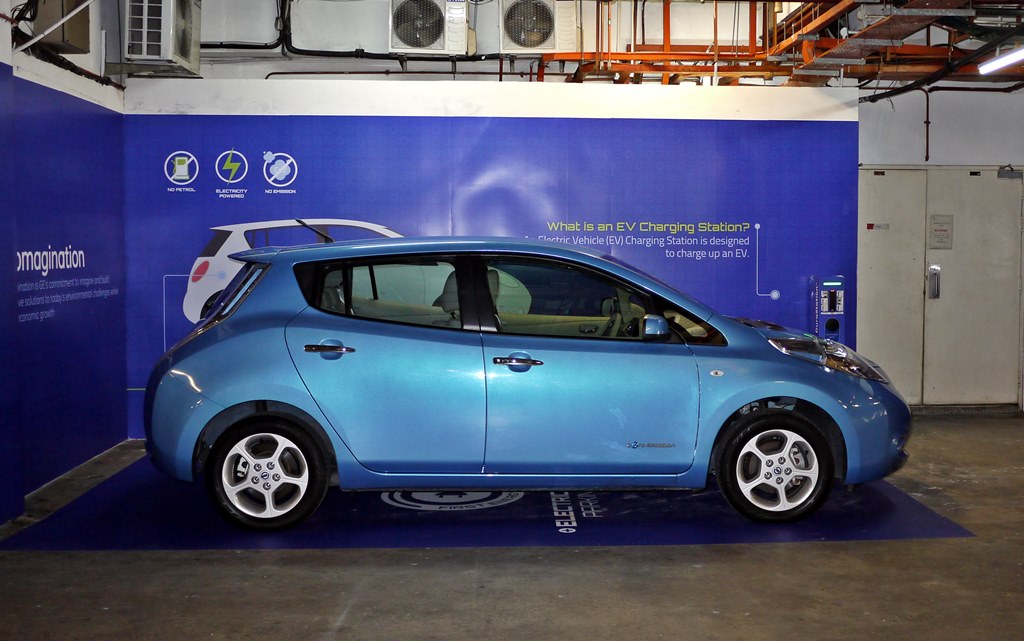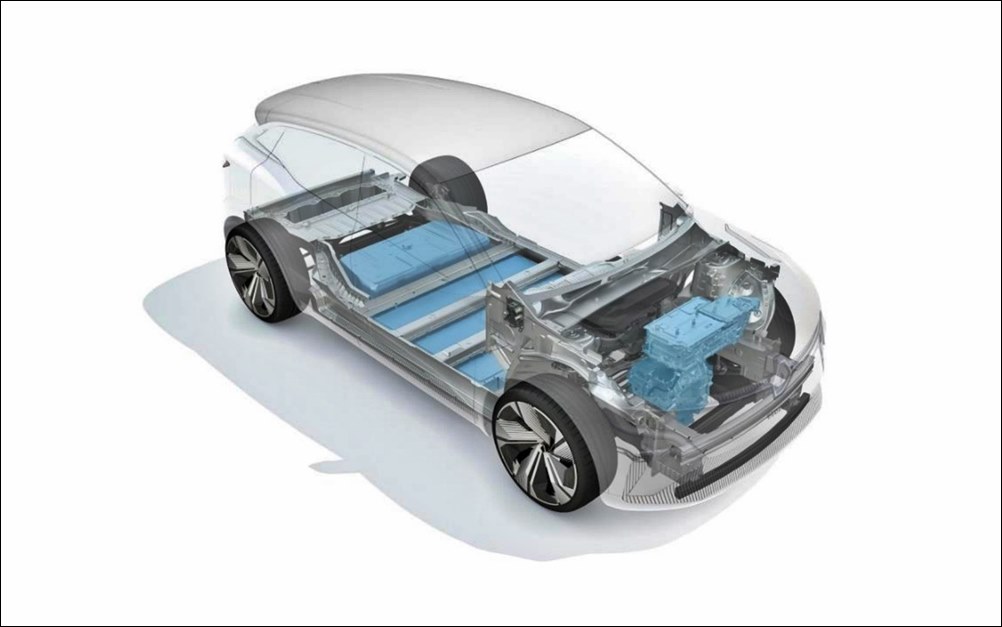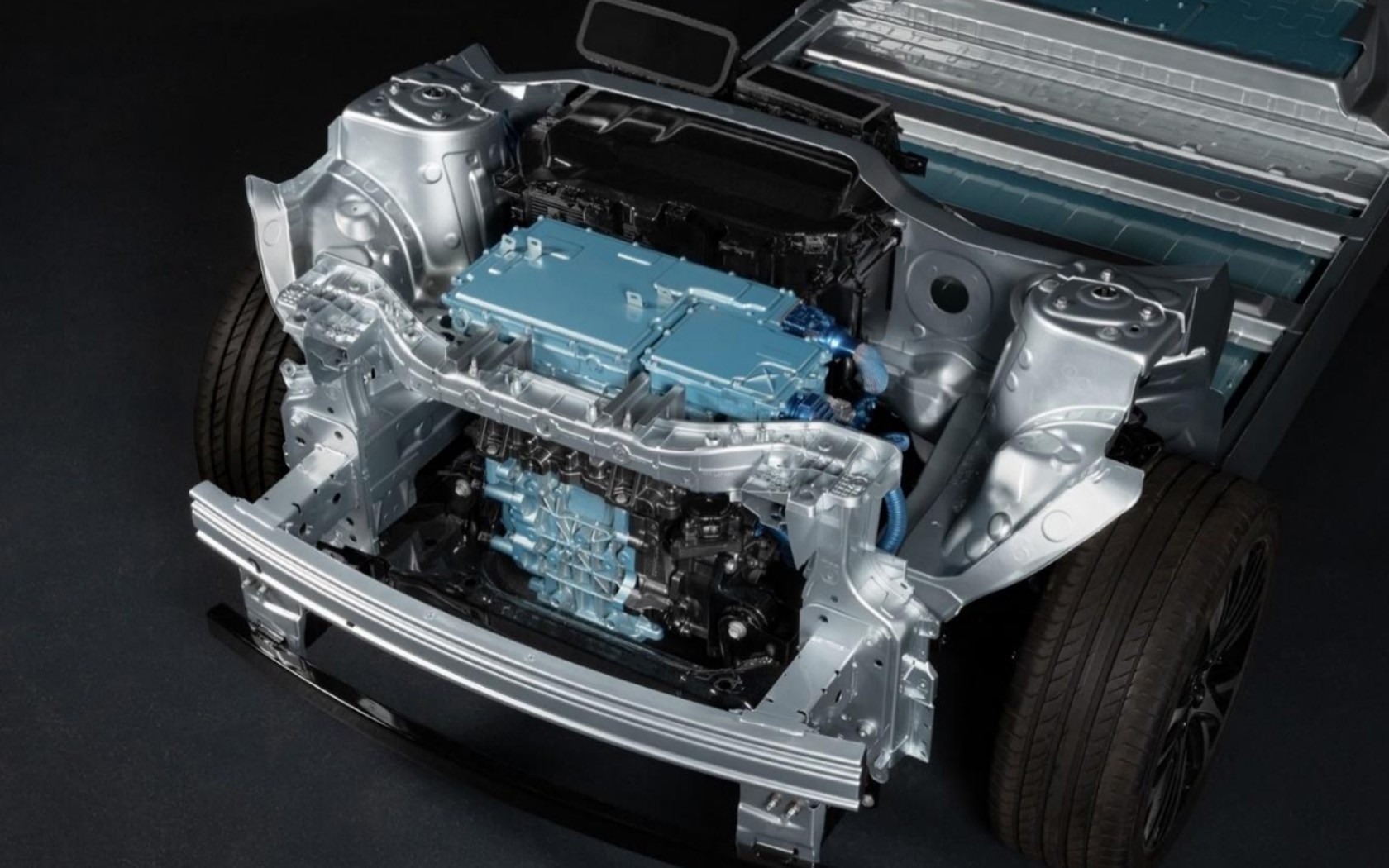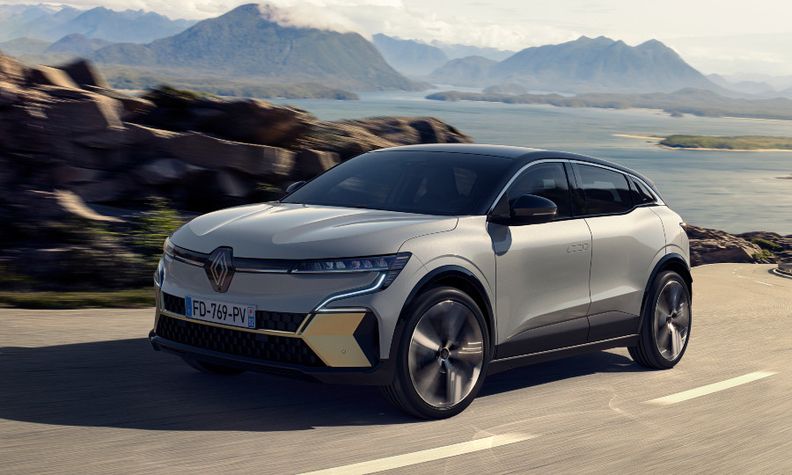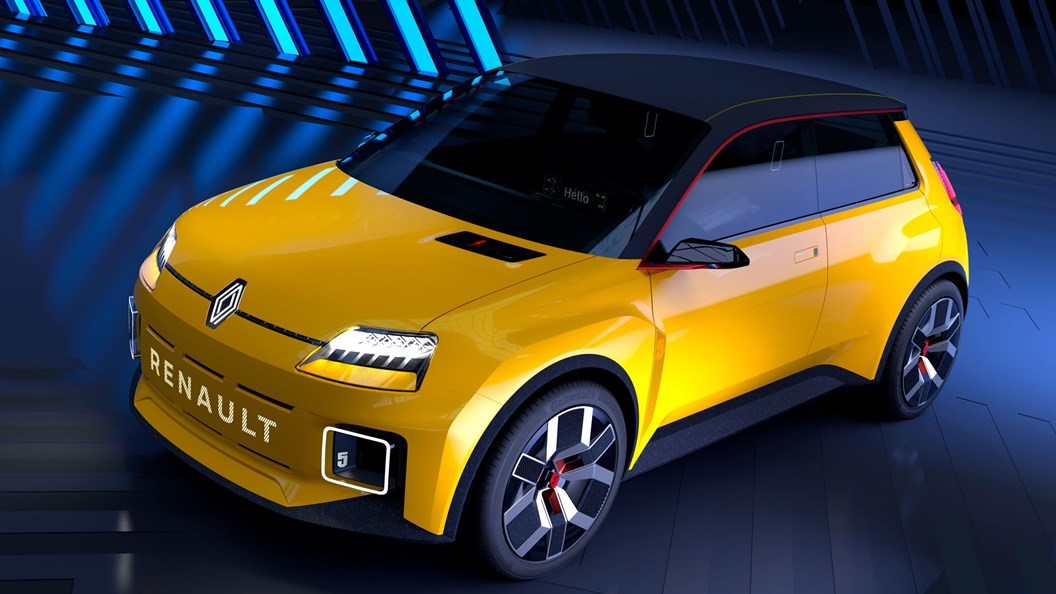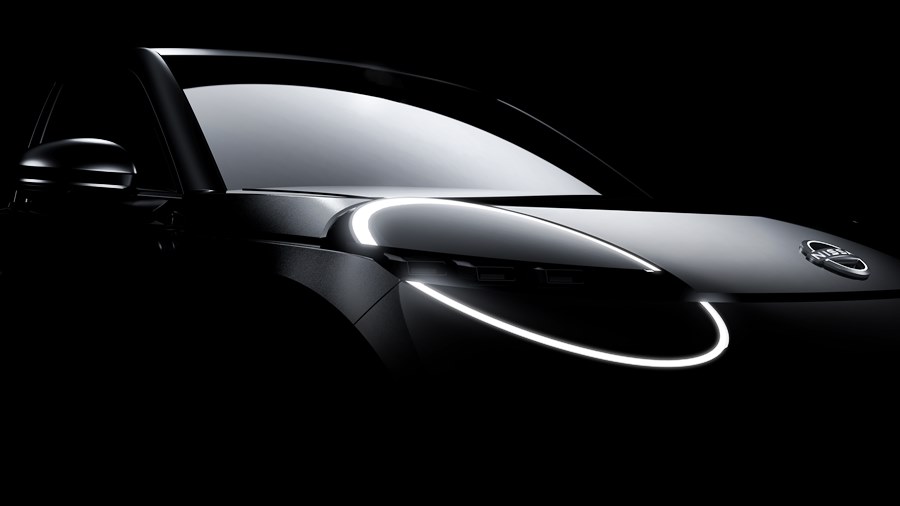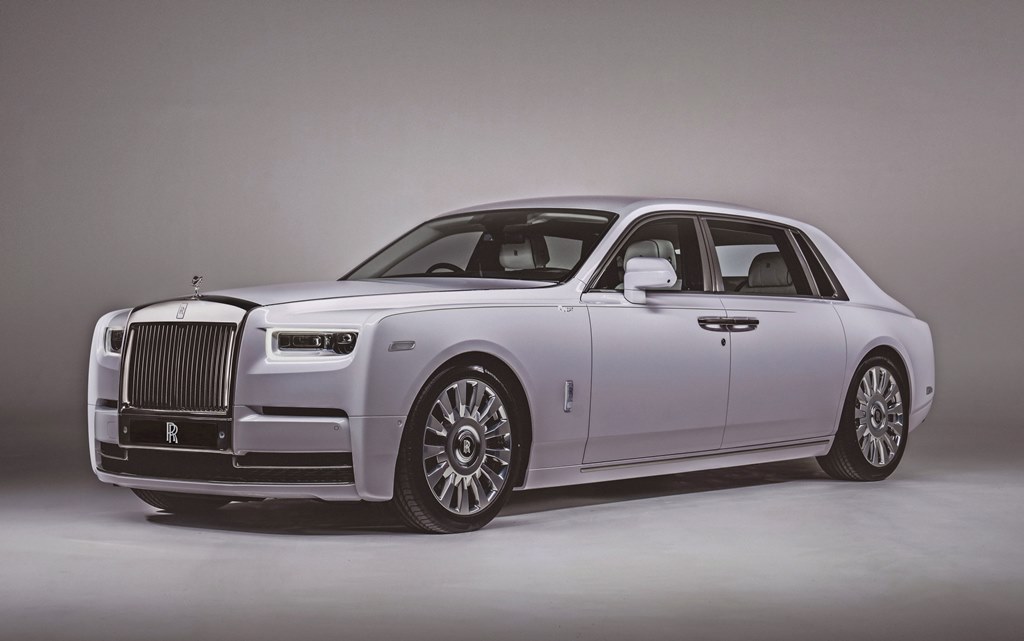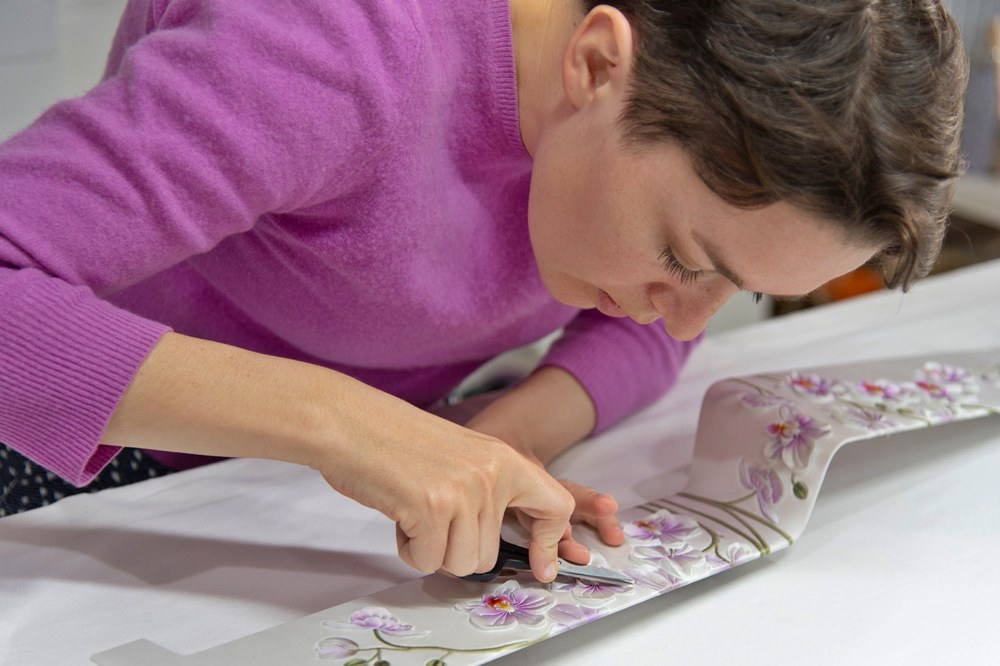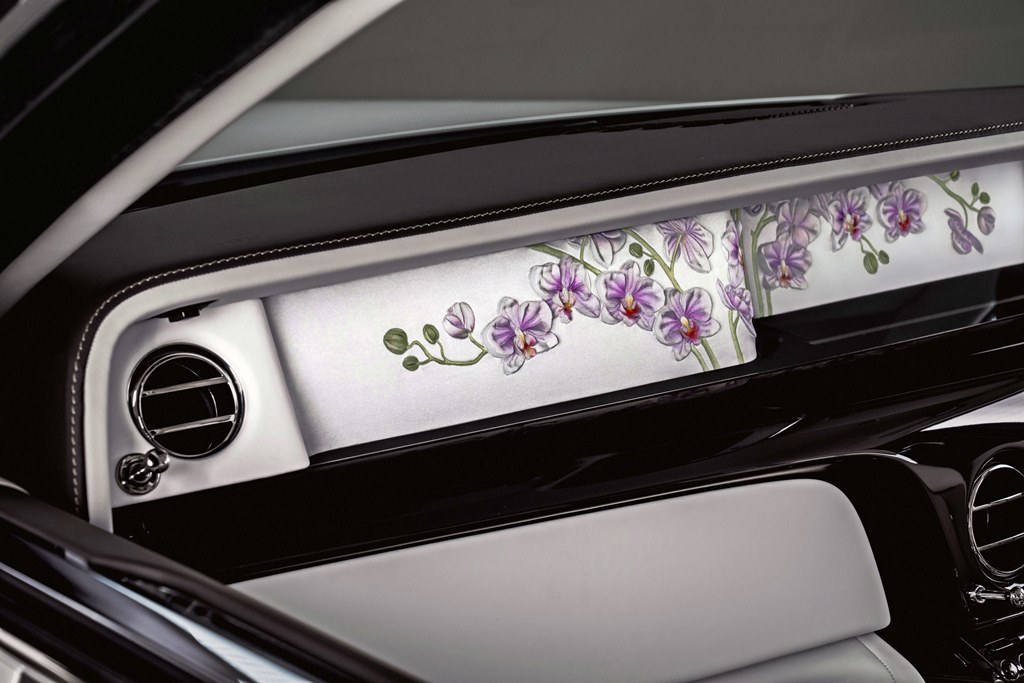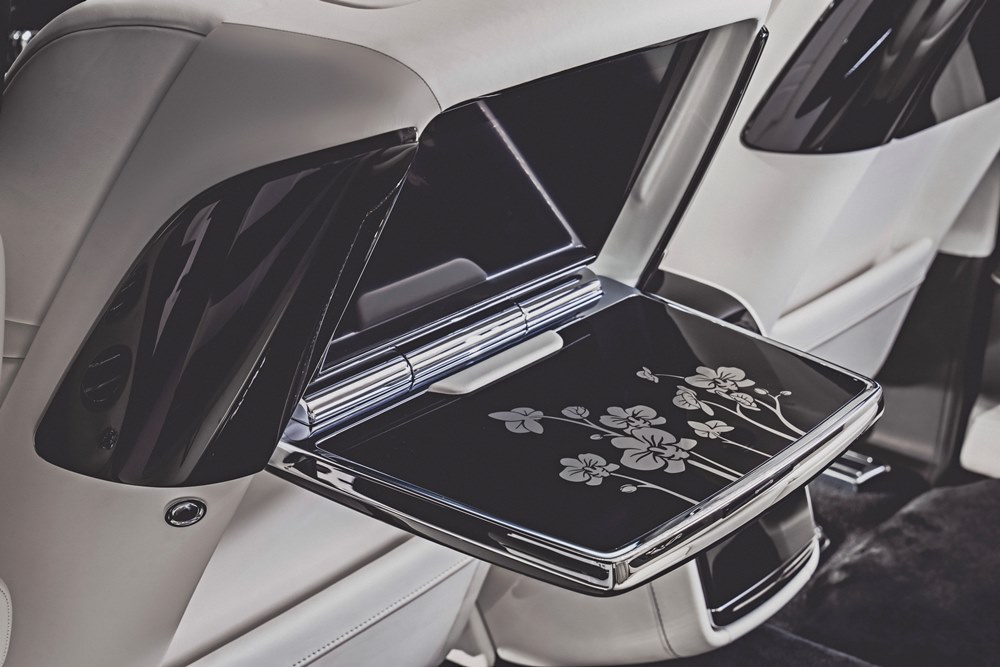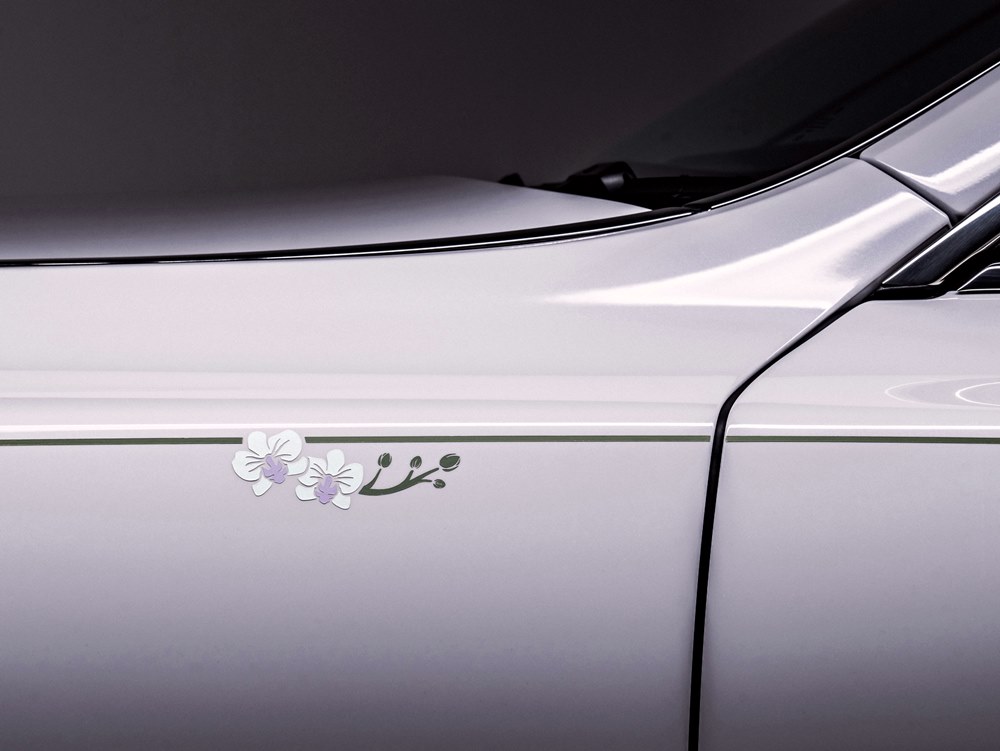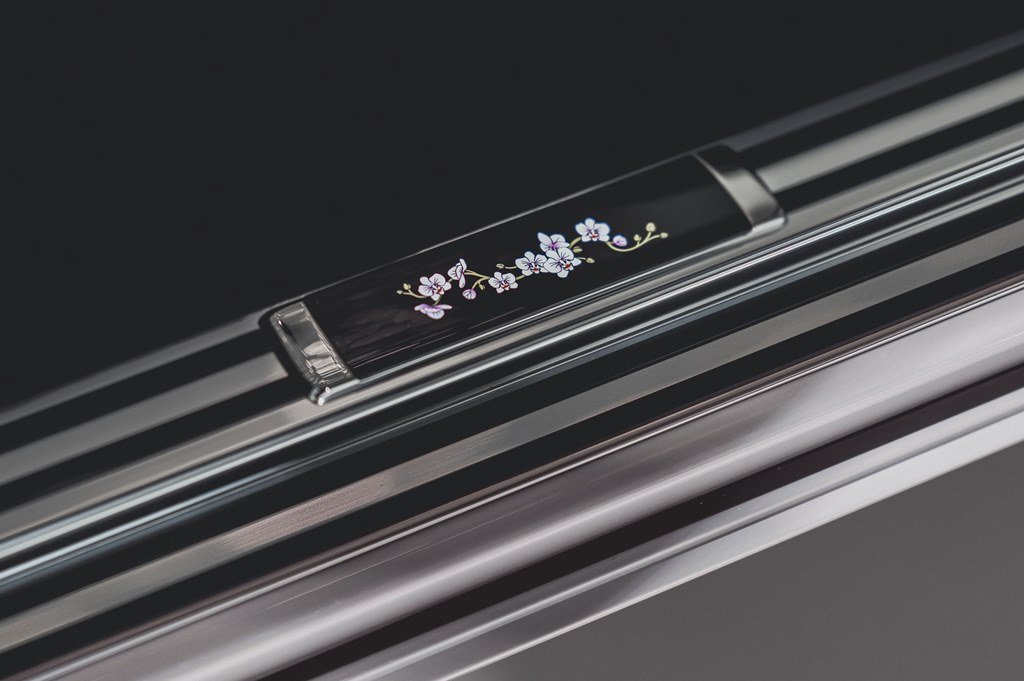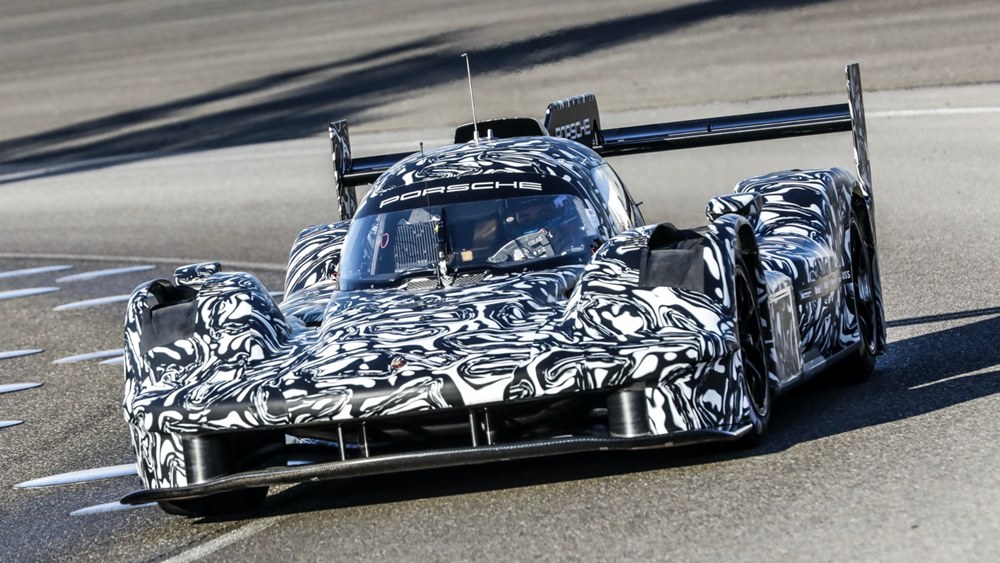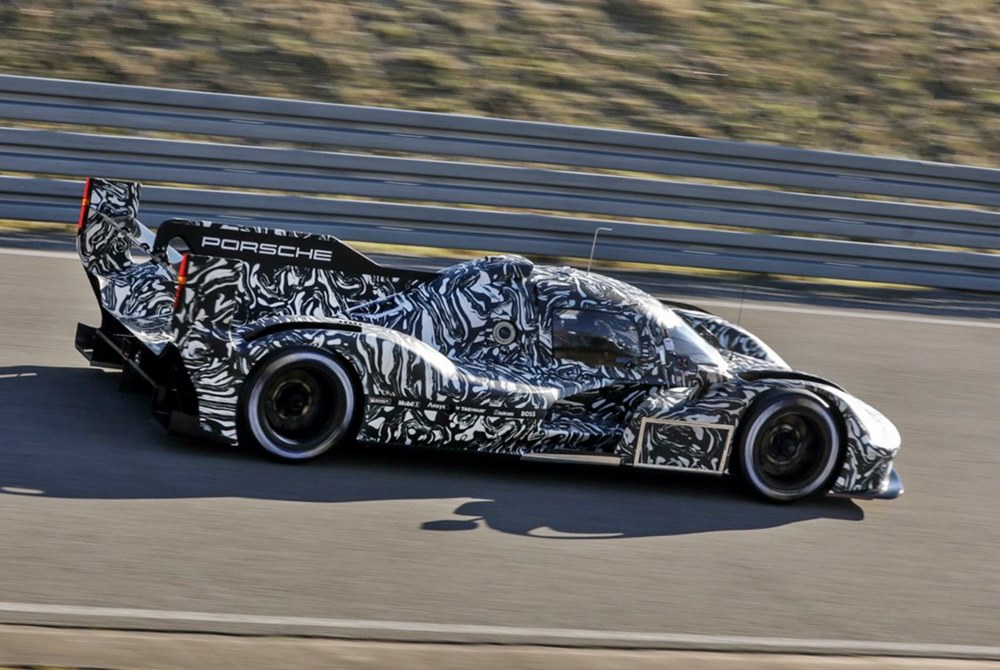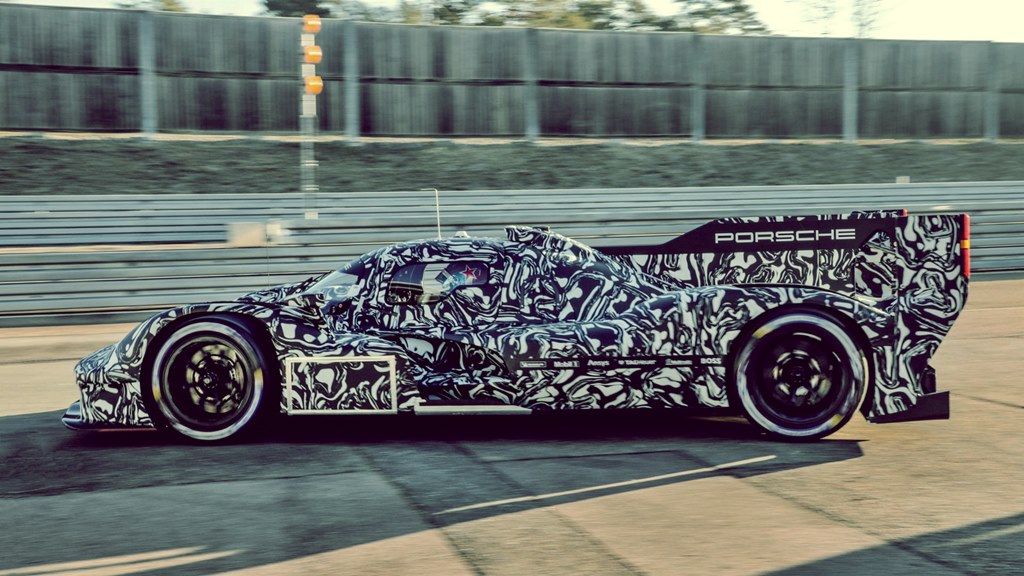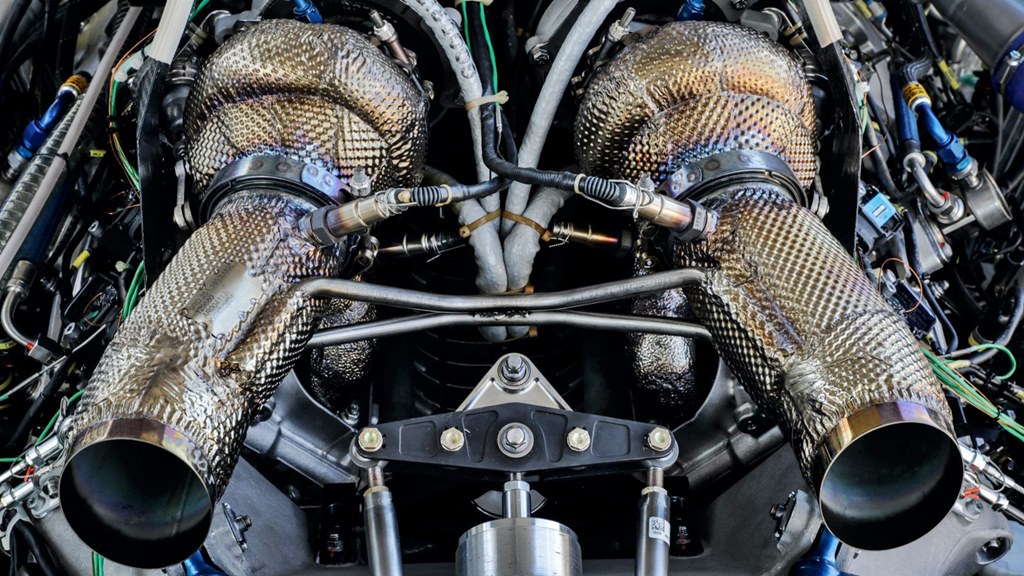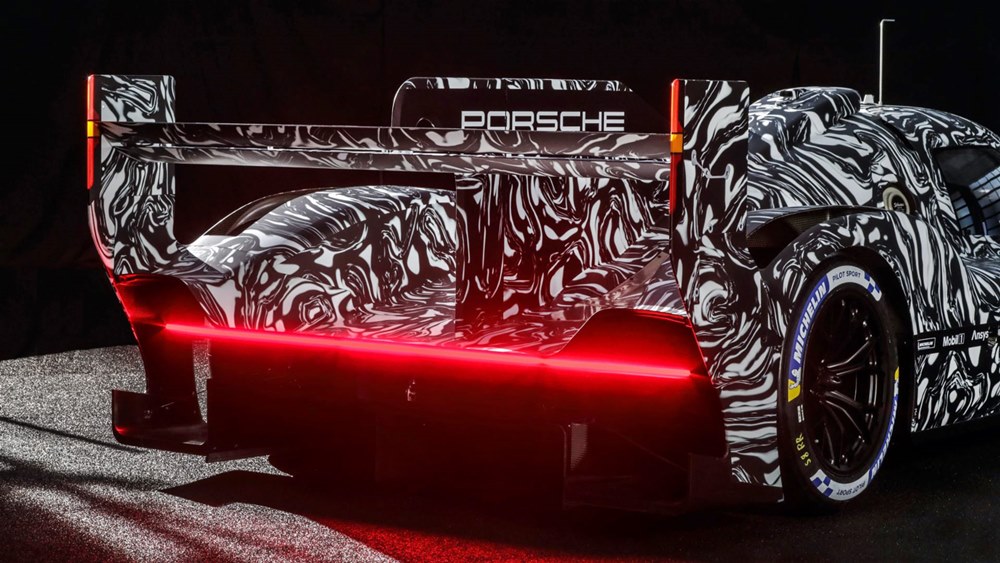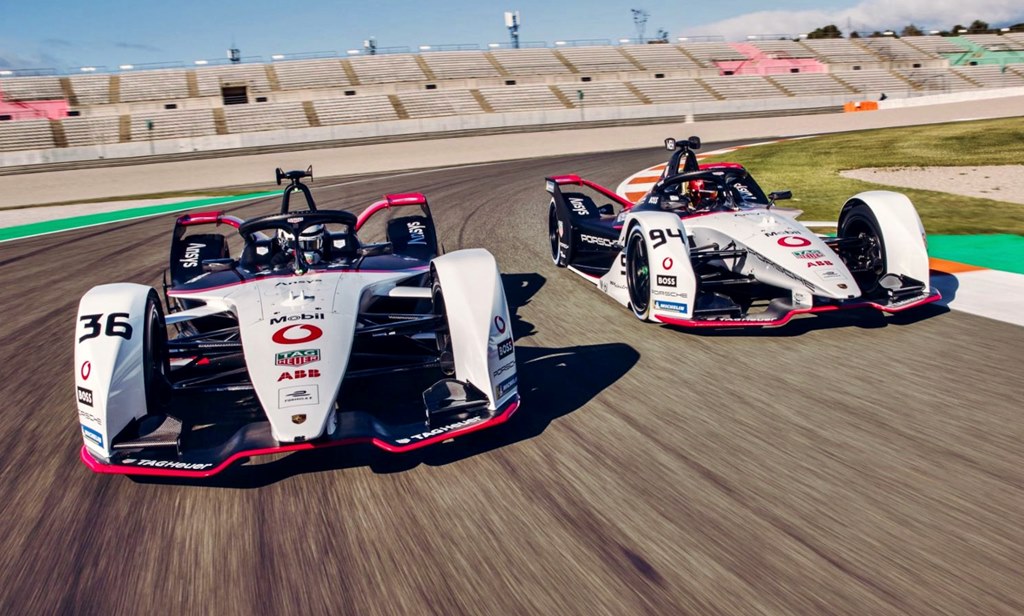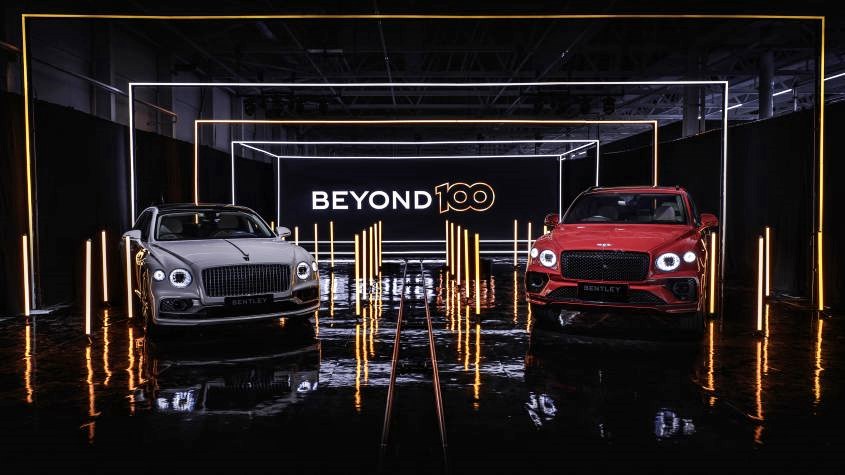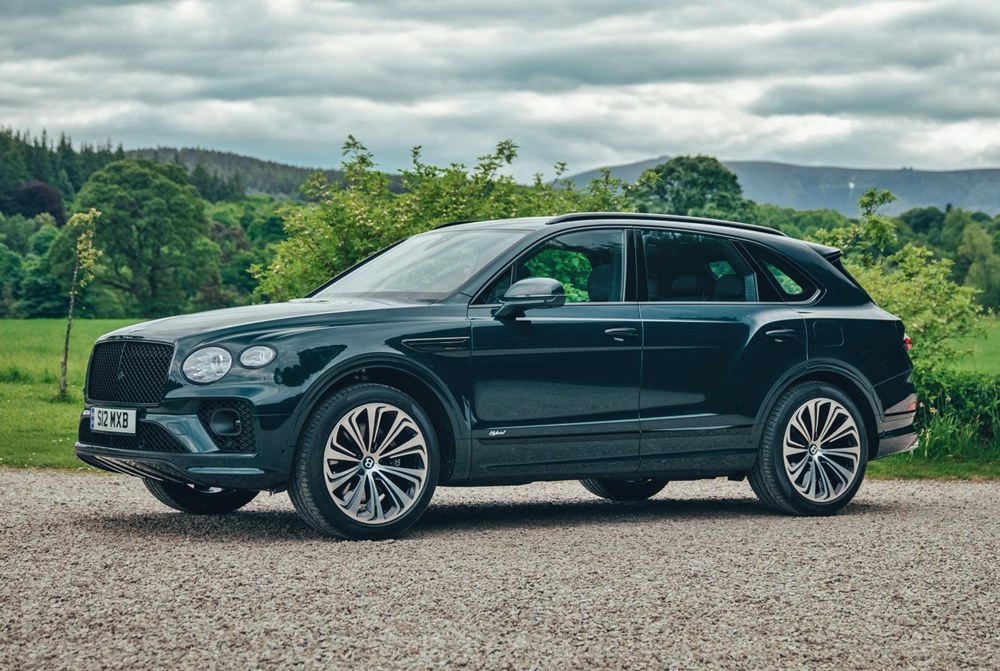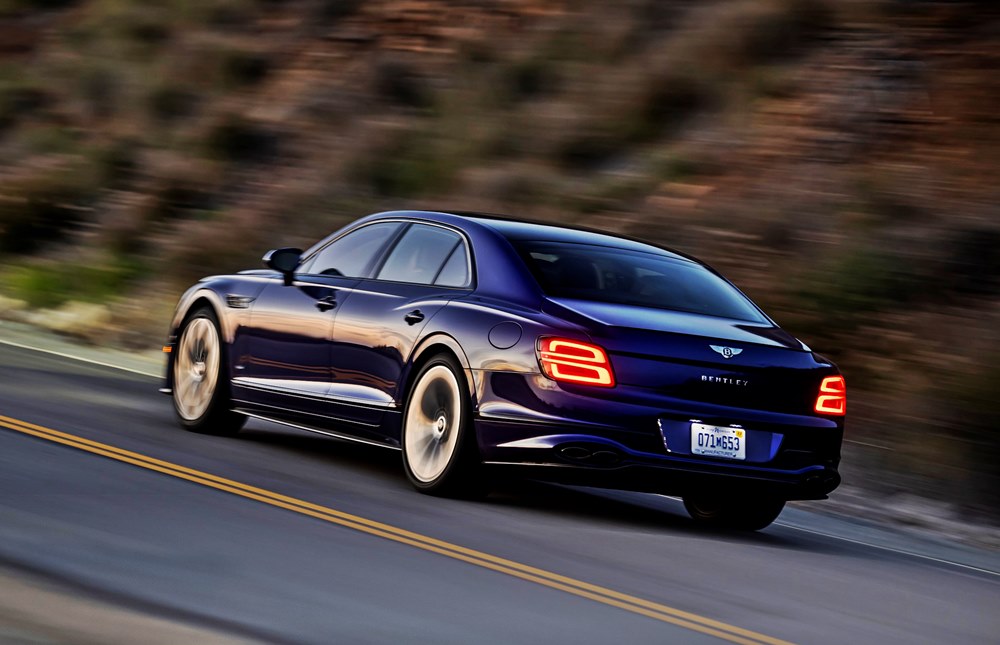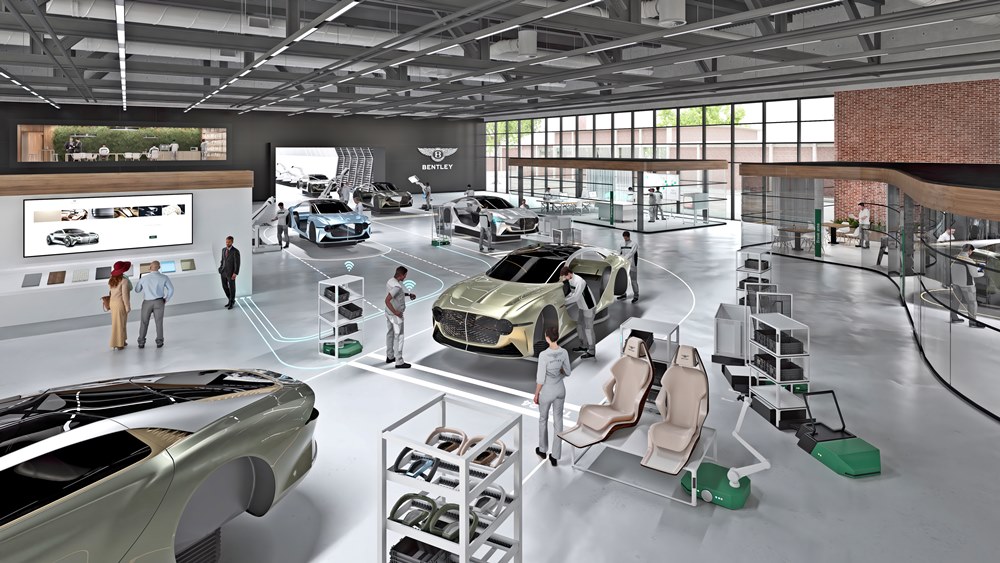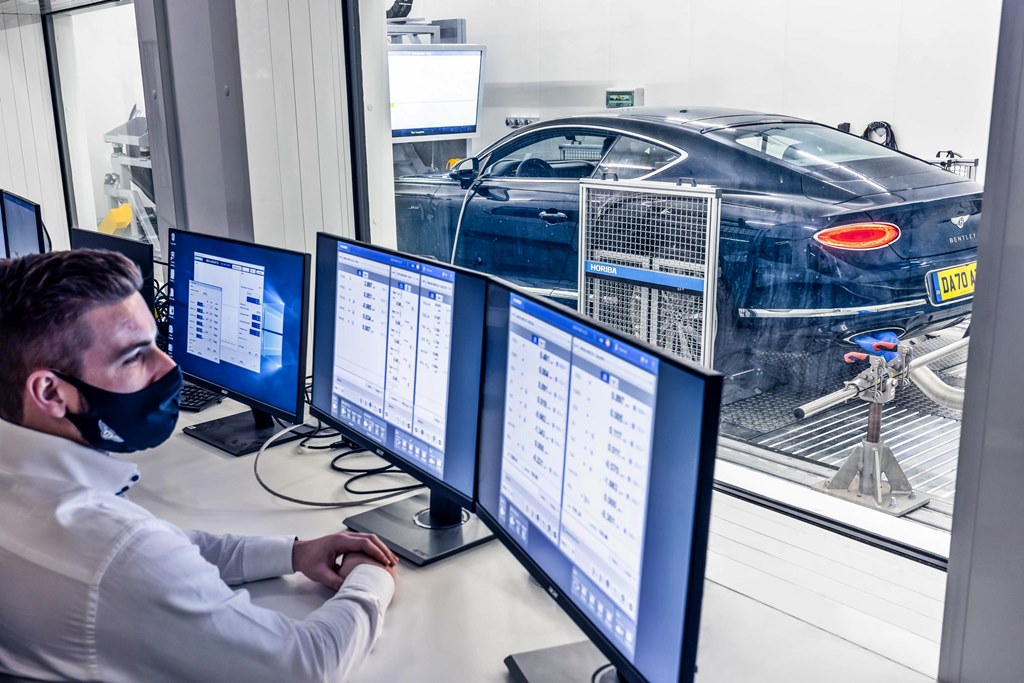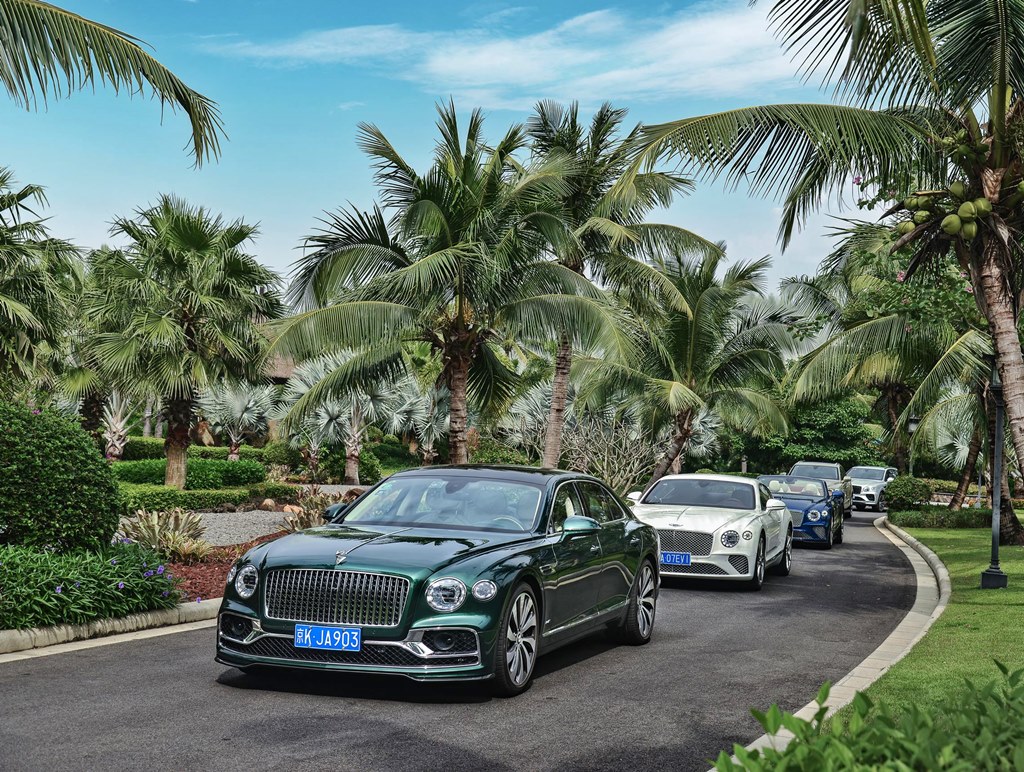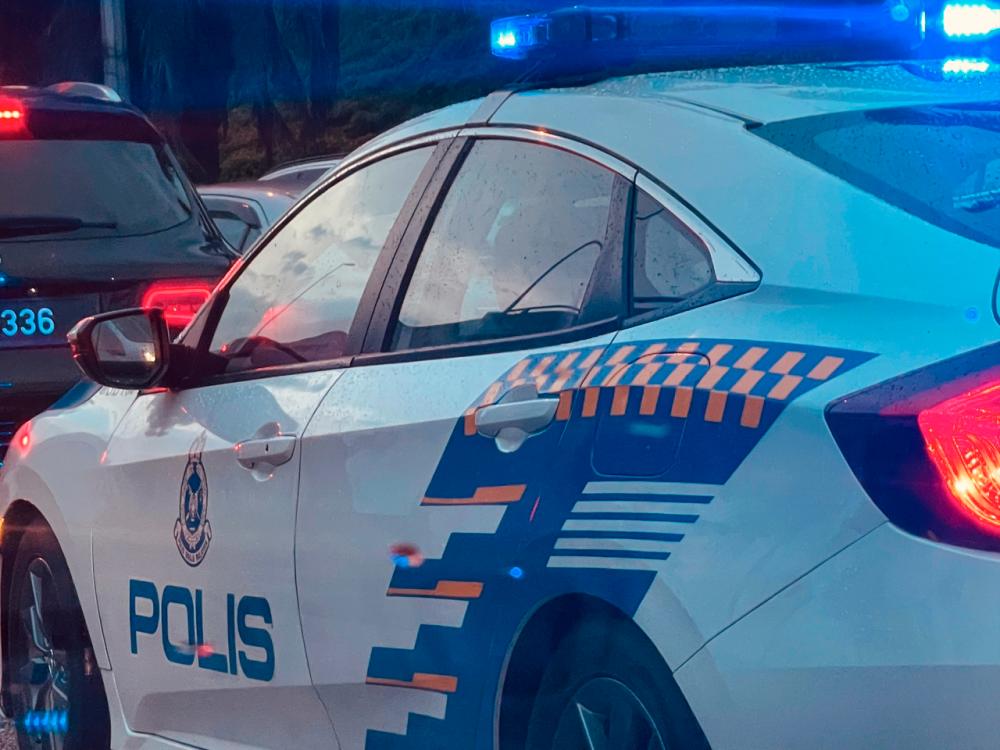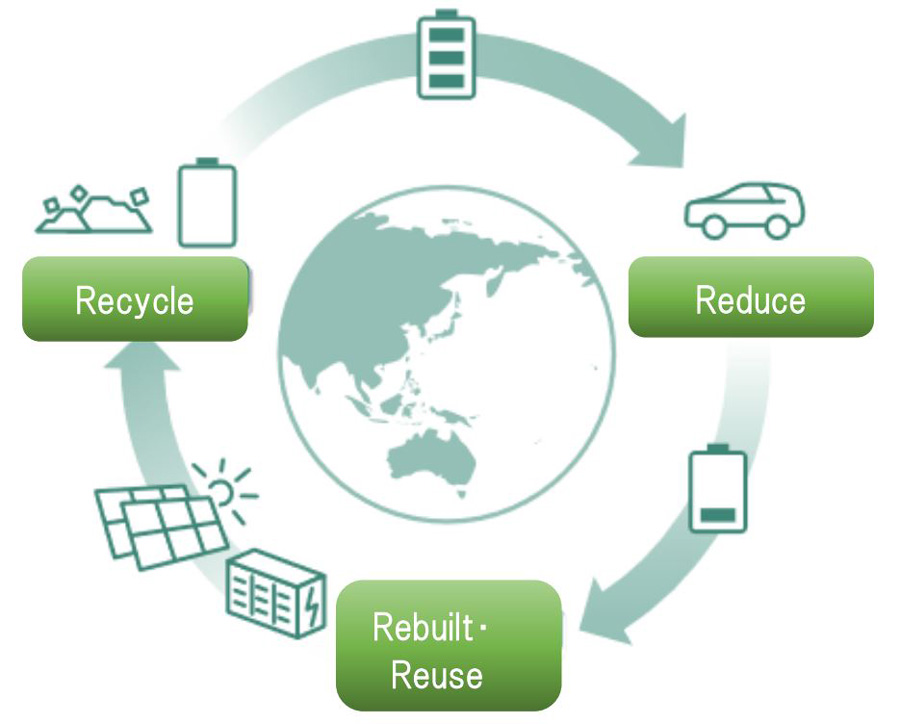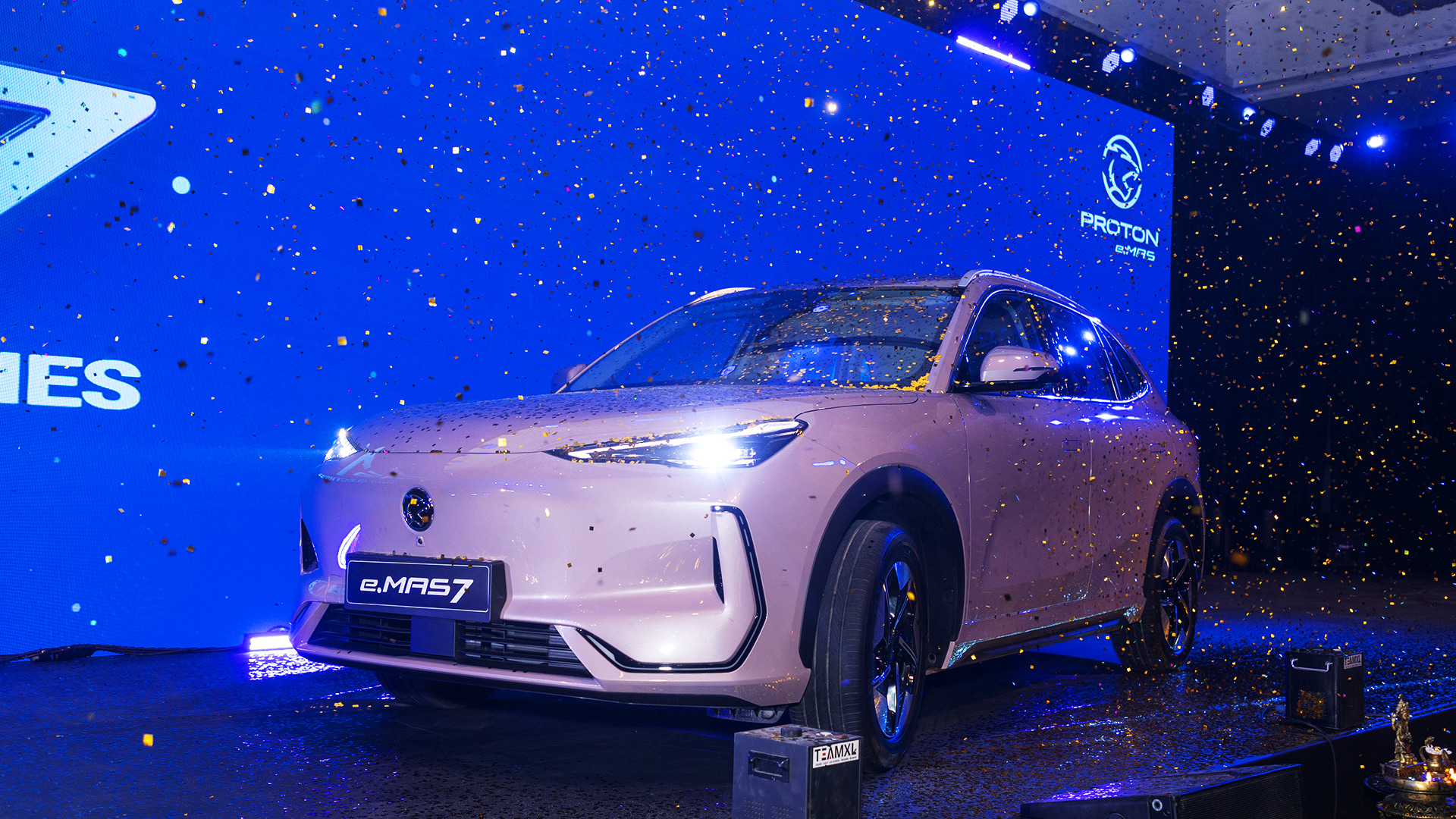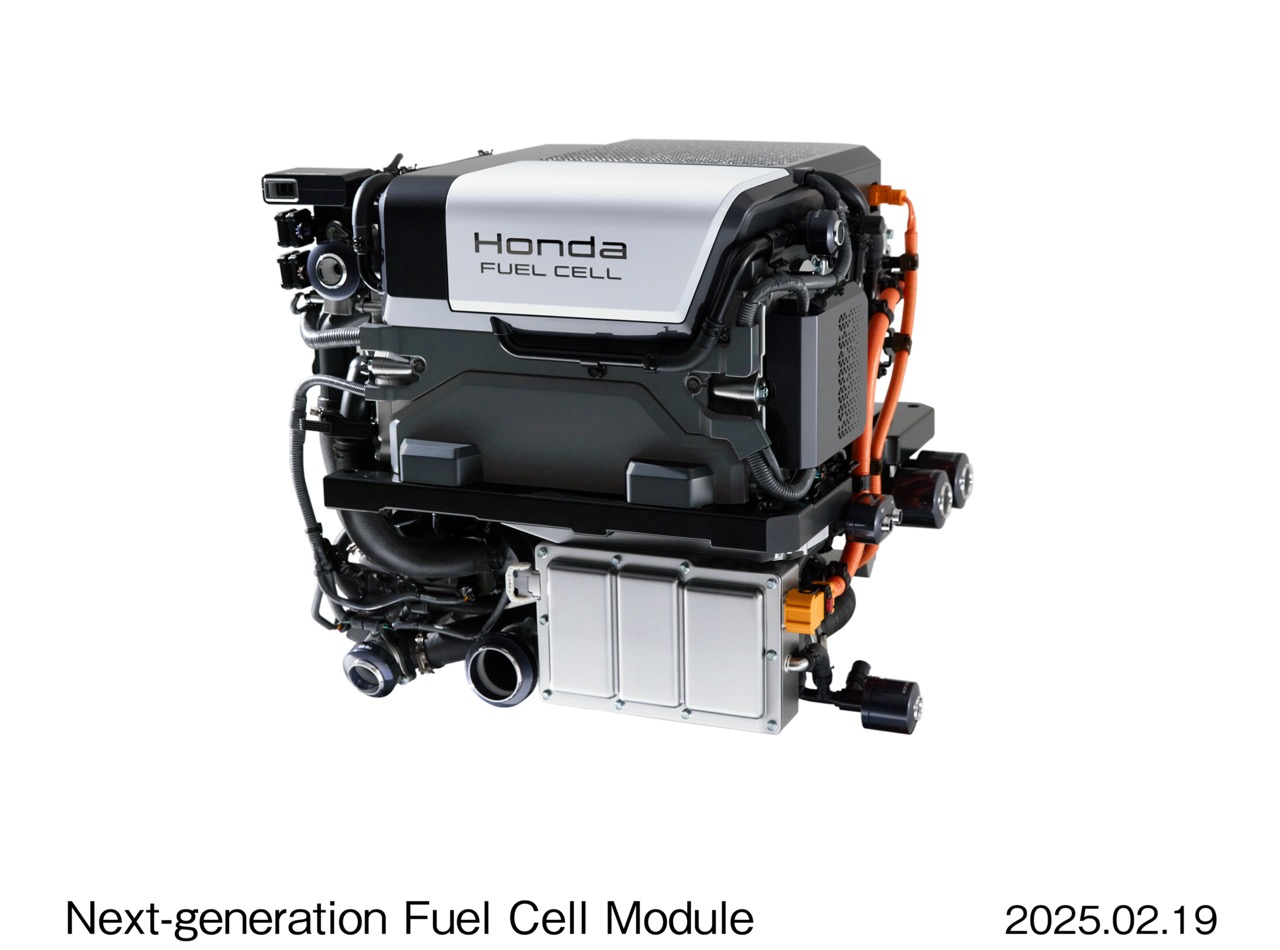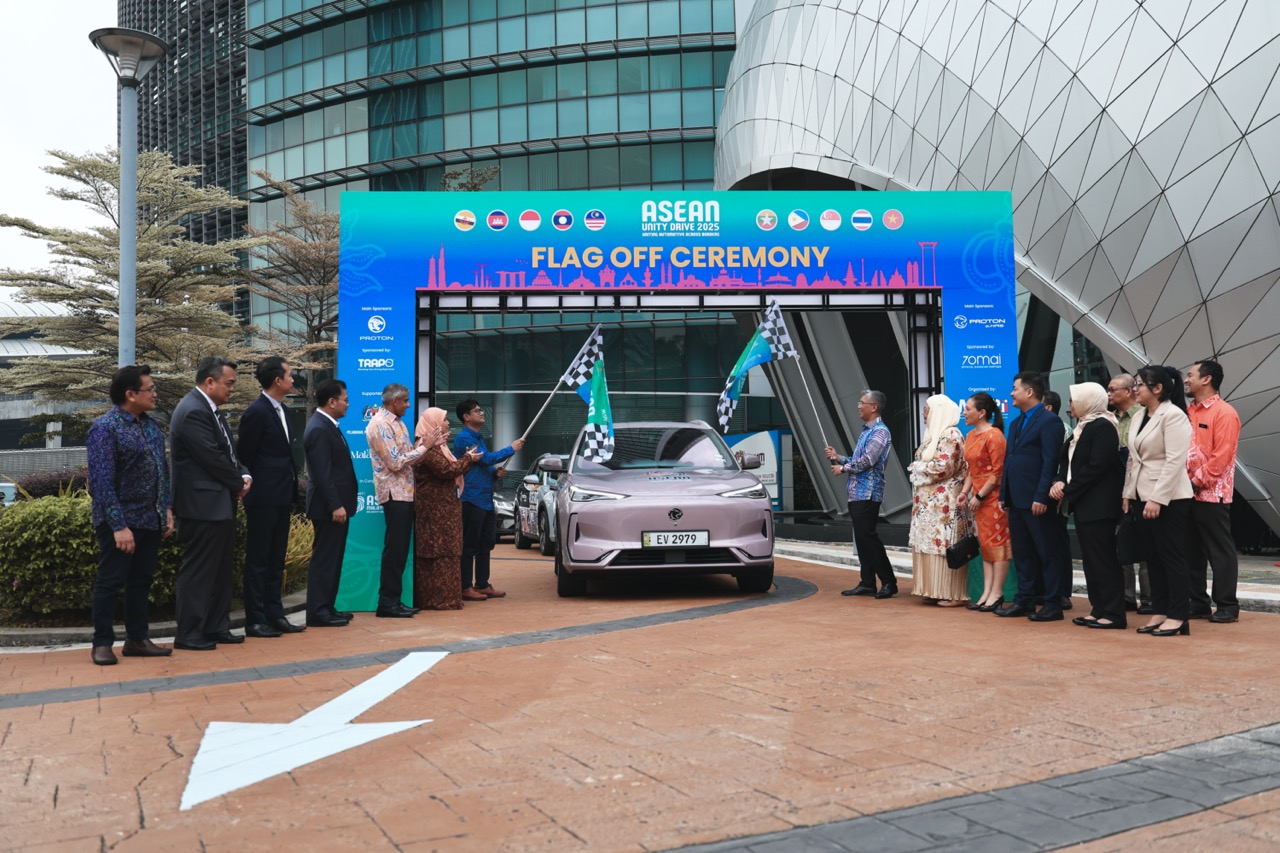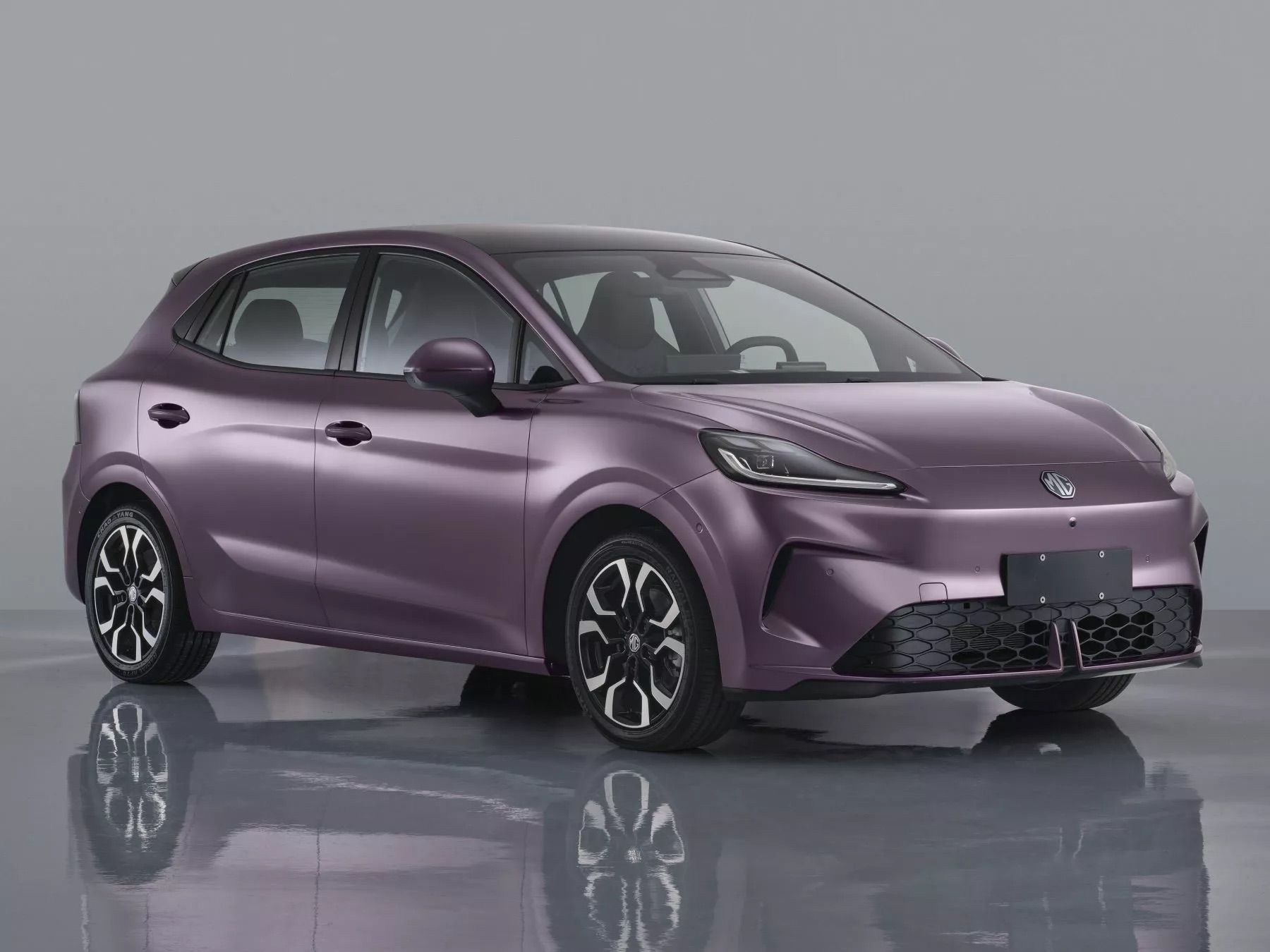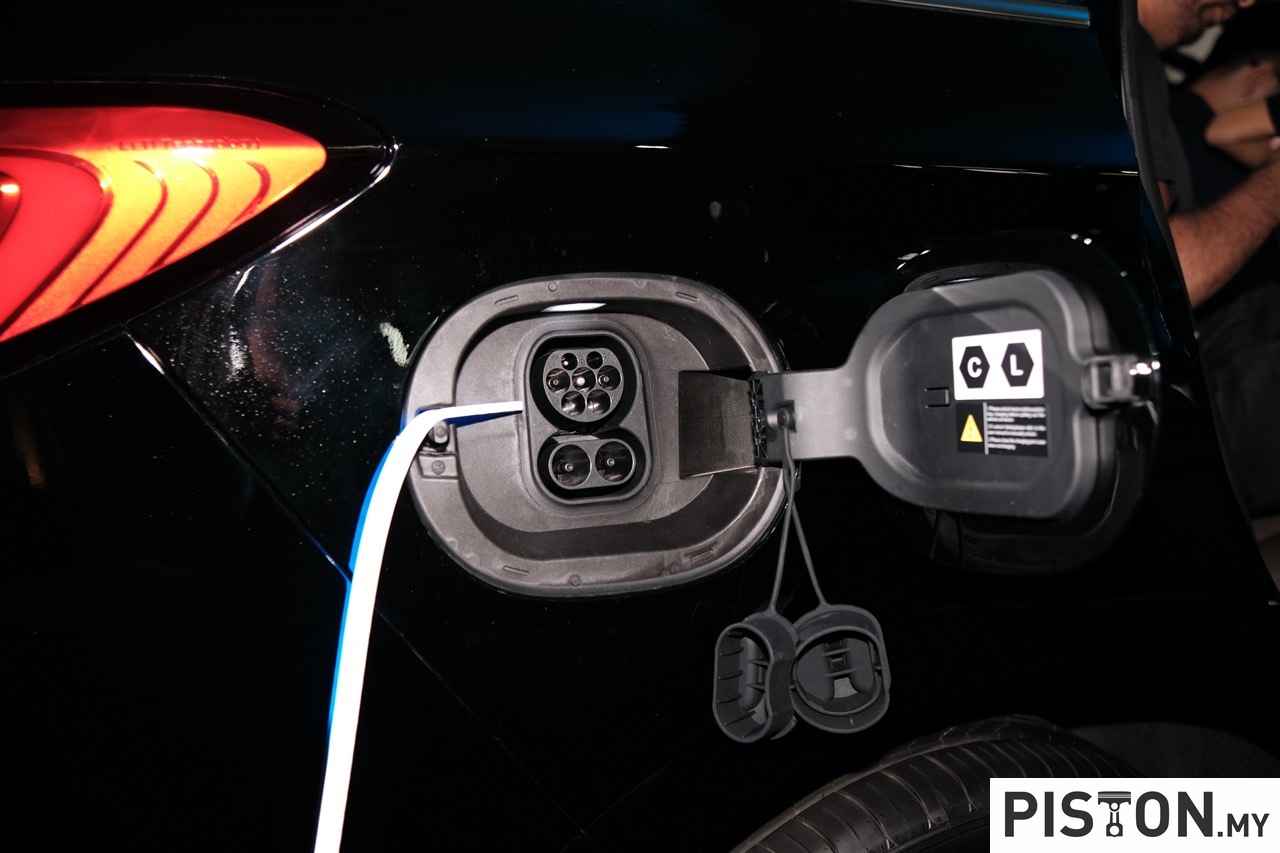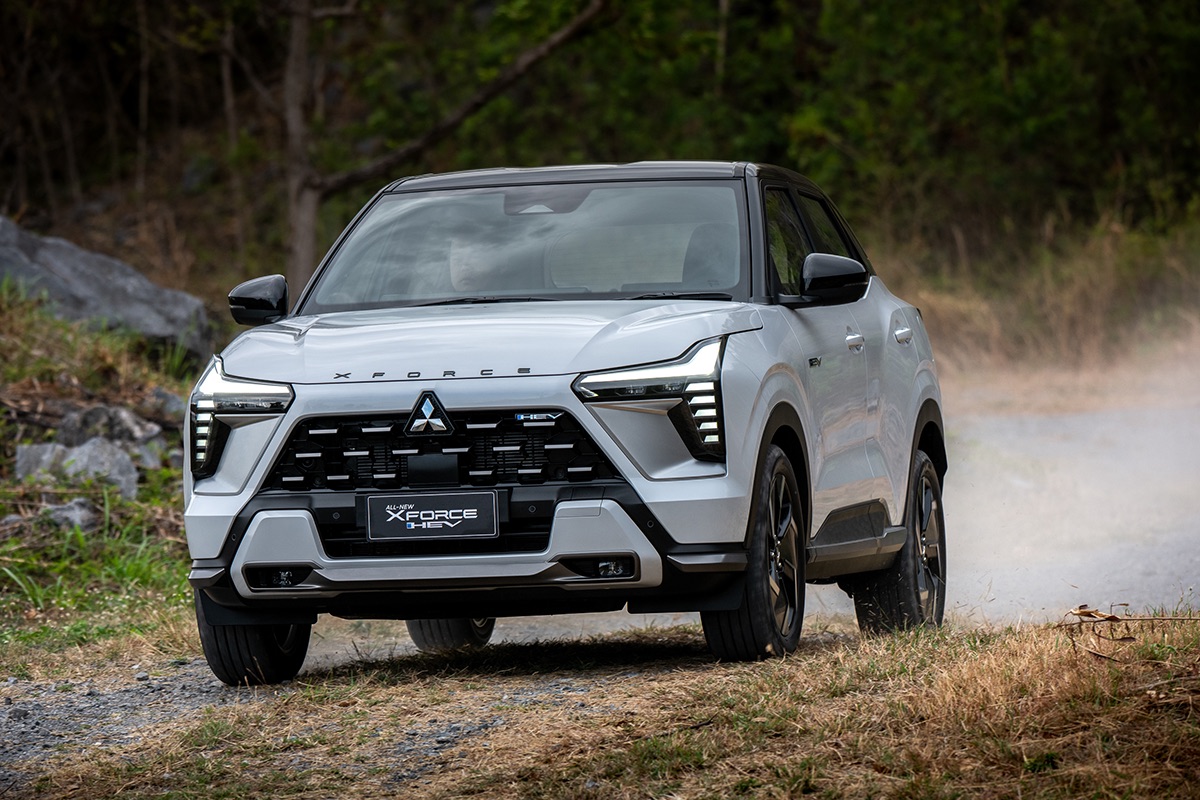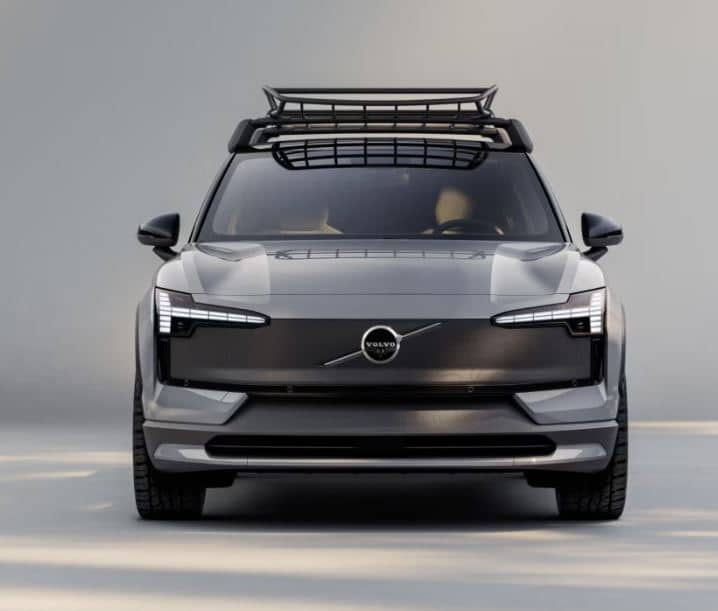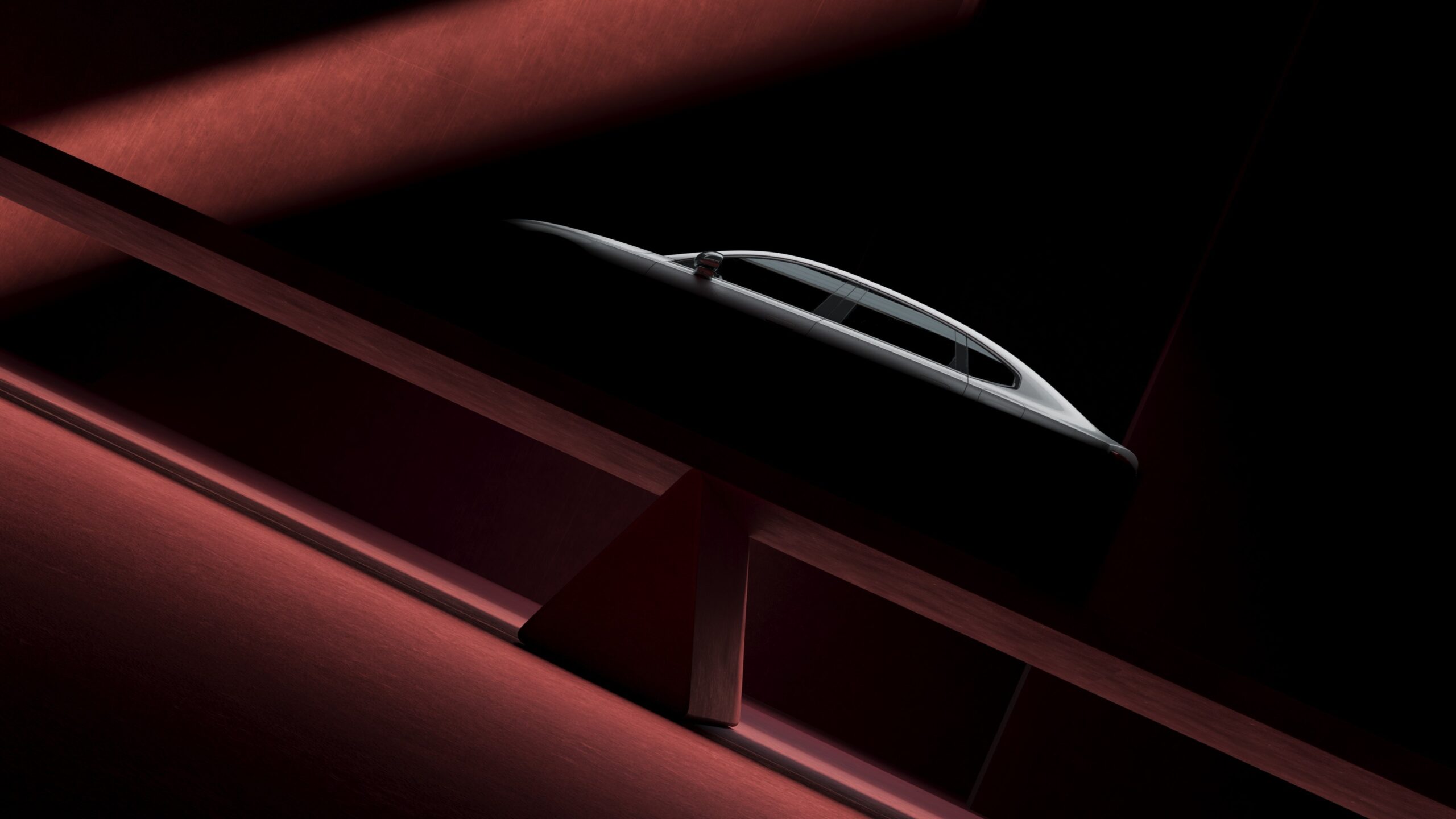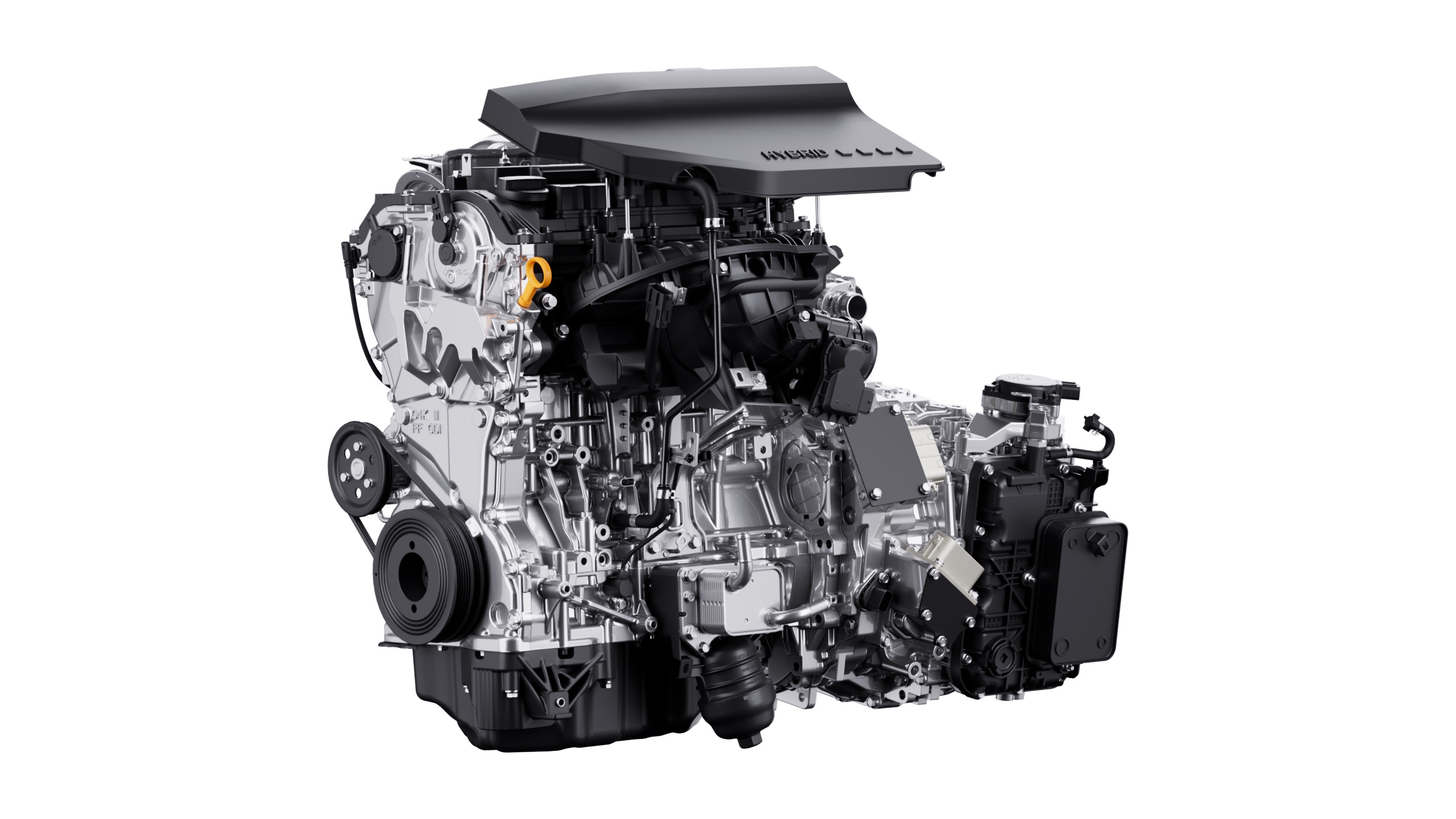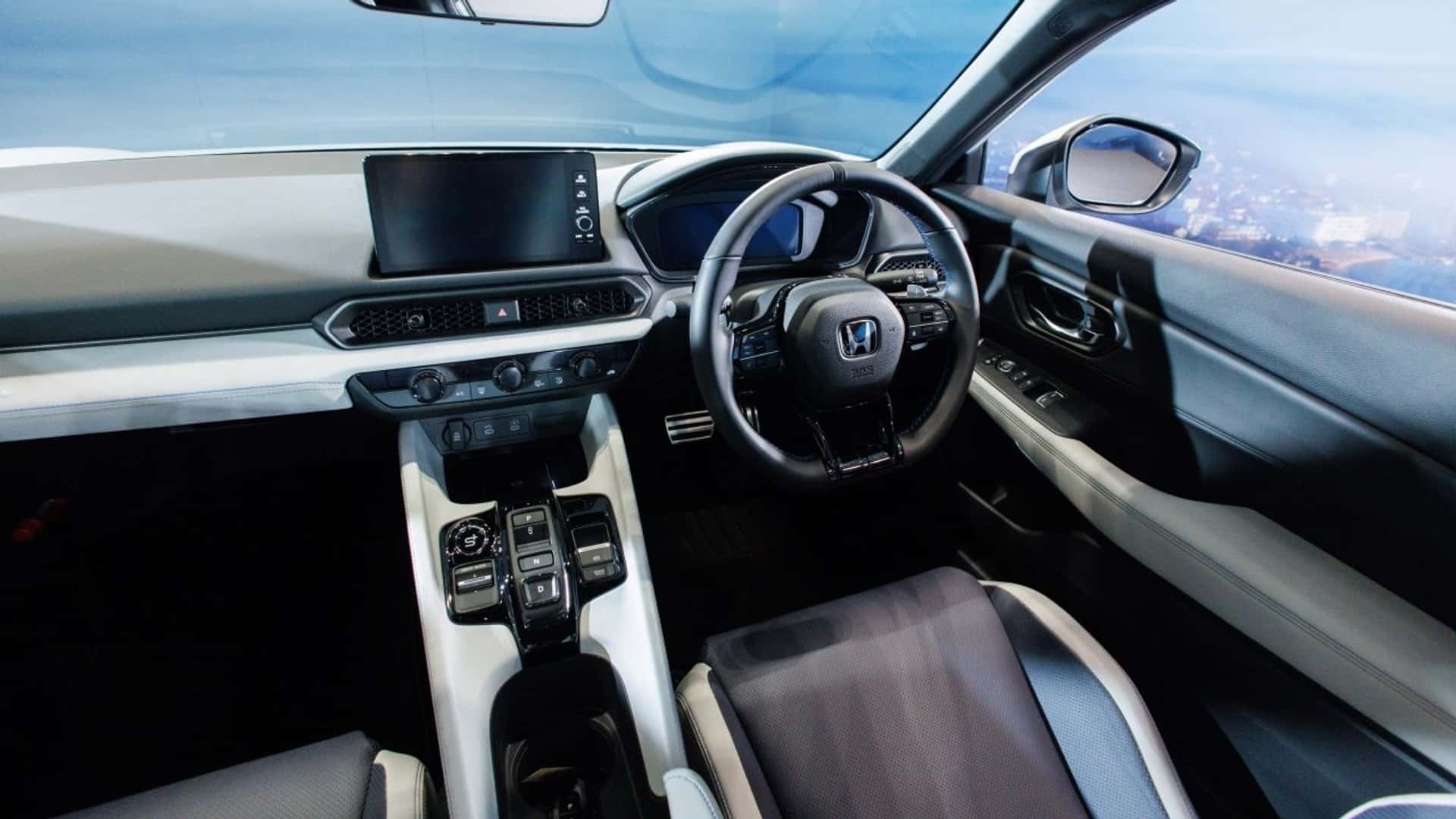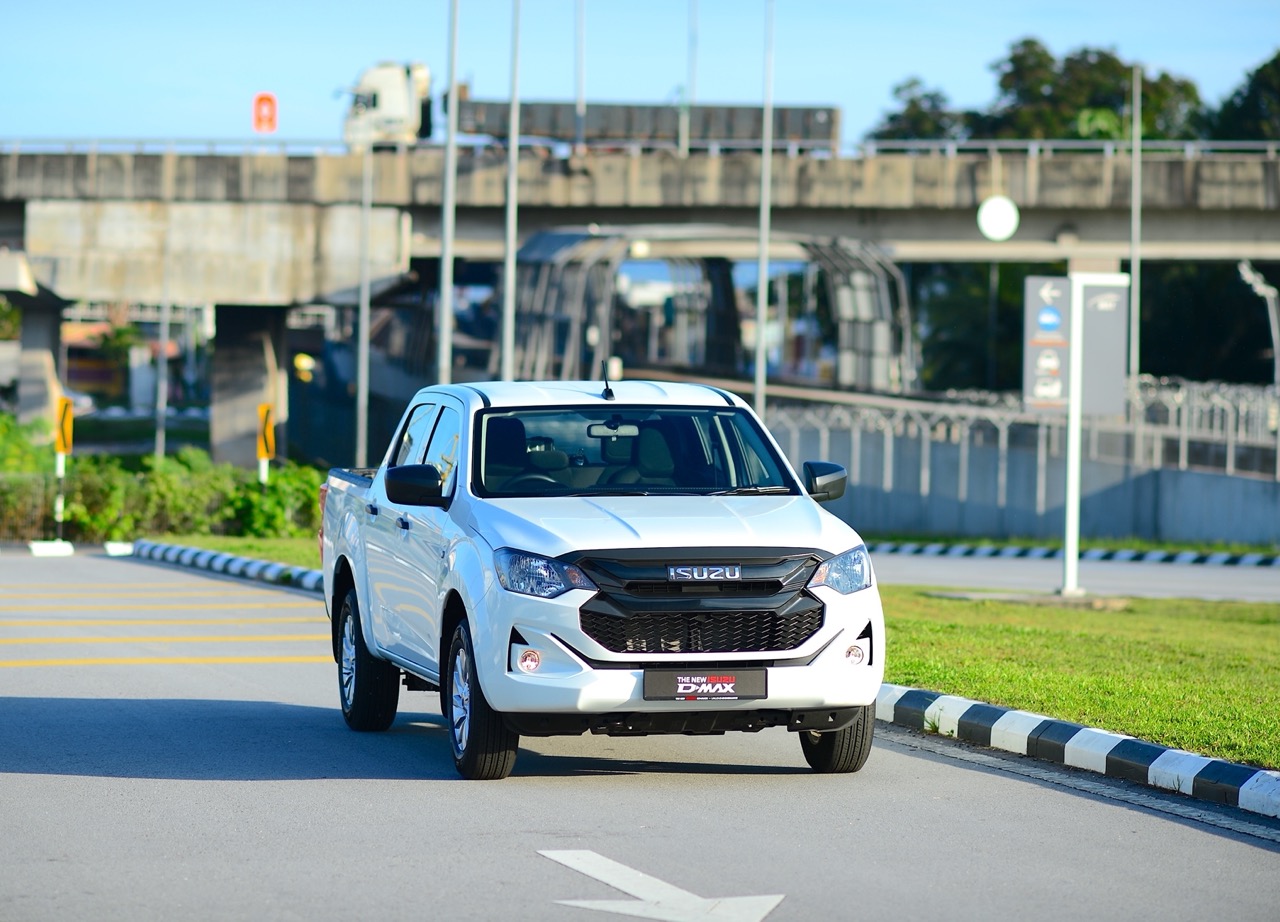A new season of the ABB FIA Formula E World Championship starts today in Saudi Arabia, at the UNESCO World Heritage Site in Diriyah. Today and tomorrow, 22 drivers will race their electrically-powered single-seaters around one of the most technically challenging tracks of the series – under lights as the race will be run after sunset.
The 11 teams will be participating in the first of 16 races on the 2022 and reigning World Champions Nyck de Vries and Mercedes-EQ are looking to defend their Drivers’ and Teams’ World Championship titles the team leaves the series. The Mercedes-EQ team will not continue into the Gen3 era, a move which was announced after the final race of Season 7.
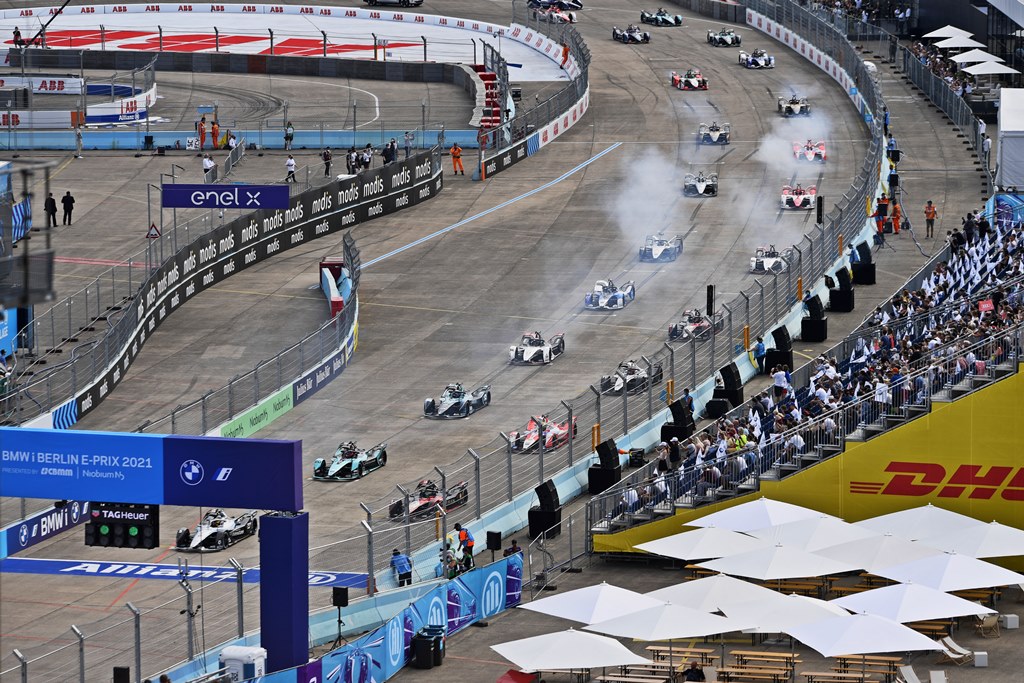
Three new drivers
While their closest rivals from last season field unchanged line-ups, this season sees three new drivers take a seat in the most competitive Formula E grid to date, including new addition and ex-Formula 1 racer, Antonio Giovinazzi. Mitch Evans and Sam Bird are back with Jaguar TCS Racing while DS TECHEETAH confirmed that double champion Jean-Eric Vergne once again lines up with Season 6 title-winner Antonio Felix da Costa.
Envision Racing will seek to build on a positive Season 7, with Robin Frijns impressing on the way to fifth in the standings last time out, and Nick Cassidy is no longer just the head-turning rookie but a serious contender. After a storming maiden campaign, Avalanche Andretti’s Jake Dennis is back and is joined by the only American driver on the grid, 2019 Indy Lights champ Oliver Askew.
ROKiT Venturi Racing head into a new campaign full of optimism with last year’s runner up Edoardo Mortara joined by 2016/17 champion Lucas di Grassi at the Monegasque team this season. TAG Heuer Porsche Formula E Team’s all-German line-up remains where Pascal Wehrlein and Andre Lotterer go again in search of Porsche’s maiden race win in all-electric motorsport as Oliver Rowland joins countryman Alexander Sims at Mahindra Racing.
Maximilian Guenther makes the switch to Nissan e.dams, alongside 2015/16 champion Sebastien Buemi, while DRAGON / PENSKE AUTOSPORT snapped up Antonio Giovinazzi fresh from Formula 1, with the Italian joining Sergio Sette Camara. At NIO 333, Oliver Turvey is joined by multiple Macau Grand Prix winner and current FIA Formula 2 Championship front-runner Dan Ticktum.
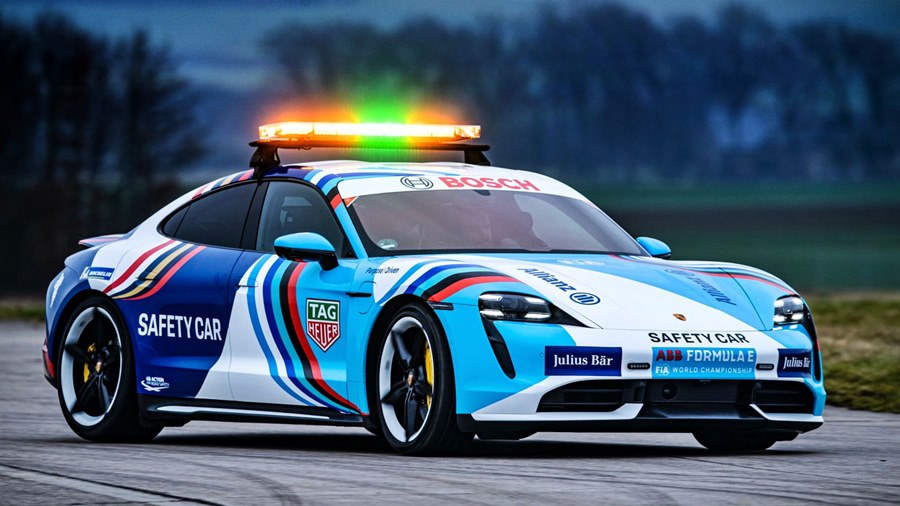
Revised regulations
From Season 8, Formula E races can now have additional race time of up to 10 minutes added when incidents cause Safety Car or Full Course Yellow neutralisations during the 45-minute plus one lap race.
This being the final season for the Gen2 racing cars, they will be pushed to the max. During races, the drivers will be able to tap into 220 kW of power, which is 200 kW more than the last season. When available, power generation during ATTACK MODE will also increase to 250 kW from 235 kW.
There’s a new qualifying format for this season featuring Groups and knockout Duels. It’s a first in world motorsport and will debut in Diriyah to provide a completely new challenge for drivers and teams to tackle.
Double-header after sunset
Formula E broke new ground with its first night races, working closely with Saudi Arabia’s Ministry of Sport to turn the dream of a sustainable night race into reality at an adapted Riyadh Street Circuit. The fast and flowing 21-turn 2.49-km circuit, flanking the At-Turaif UNESCO World Heritage Site, will once again be lit up by the latest low-power LED technology. These reduce energy consumption by up to 50% compared to non-LED units, and are powered by sustainably-sourced biofuel generators.
Formula E manufacturers are set to take delivery of Gen3 cars in coming months for further intensive development testing on and off the track. These new racing cars are said to be the world’s most efficient racing cars with a series of design, performance and sustainability innovations. The Gen3 car will be the first formula car with both front and rear powertrains: a new front powertrain adds 250 kW to the 350 kW at the rear, more than doubling the regenerative capability of the current Gen2 car to a total of 600 kW.
Maserati to officially return to racing in 2023 with a team in Formula E



